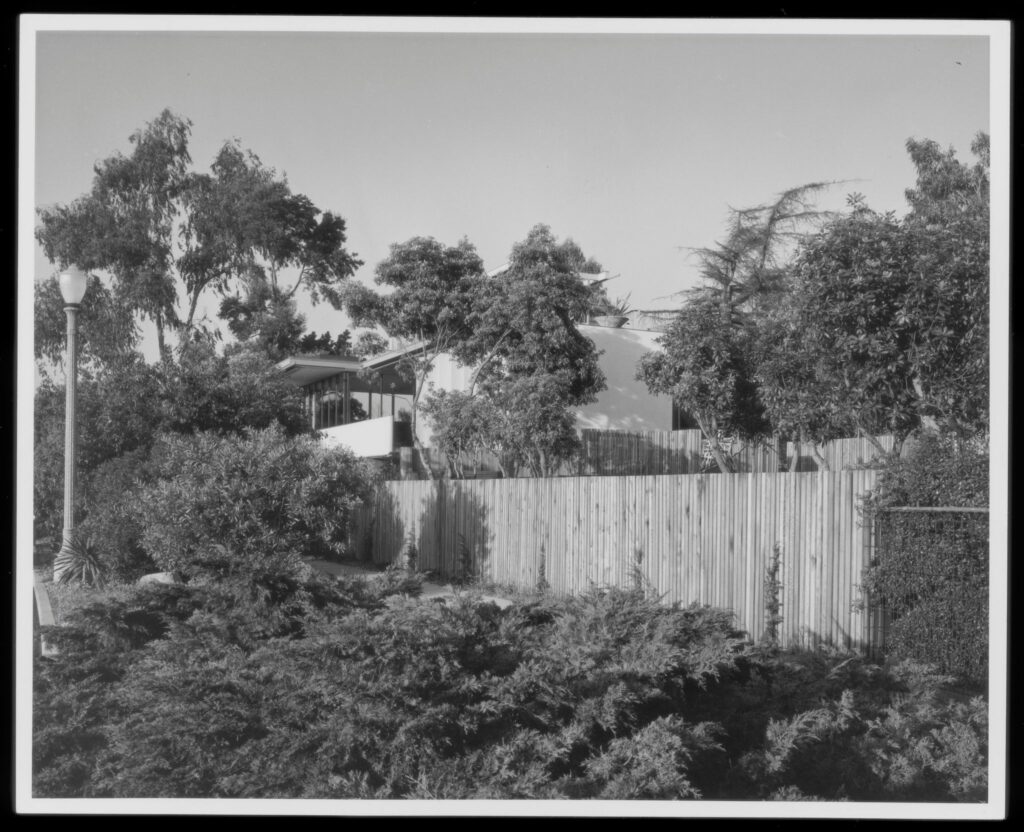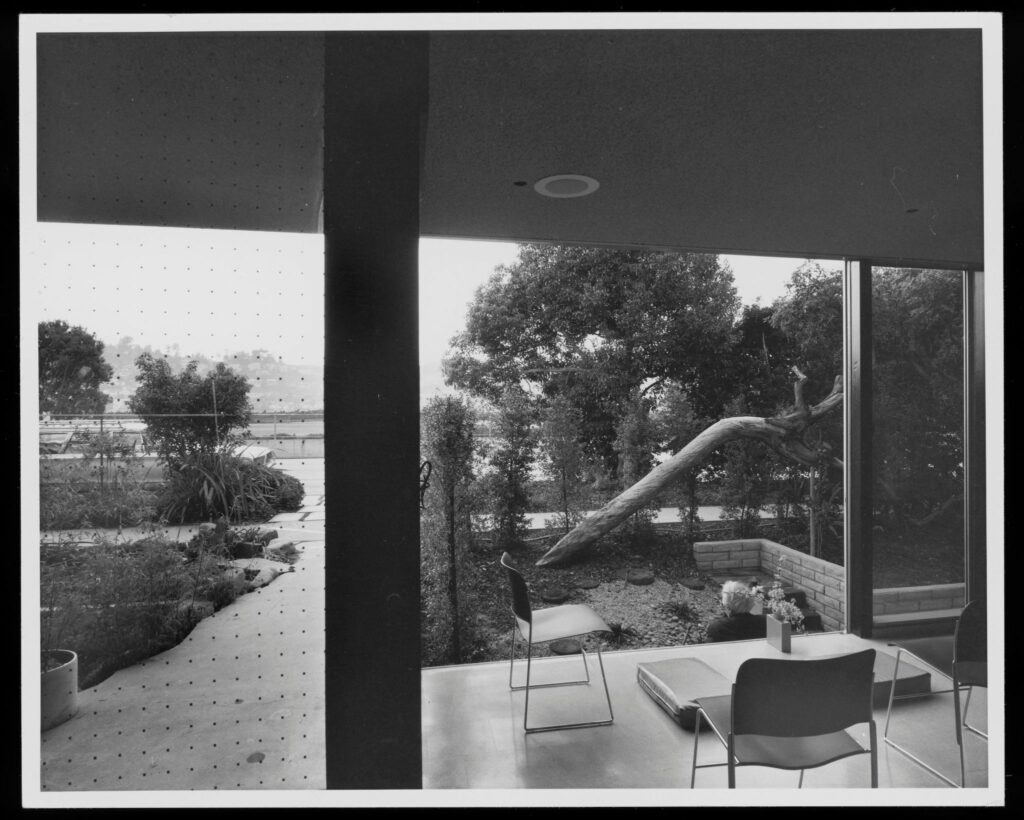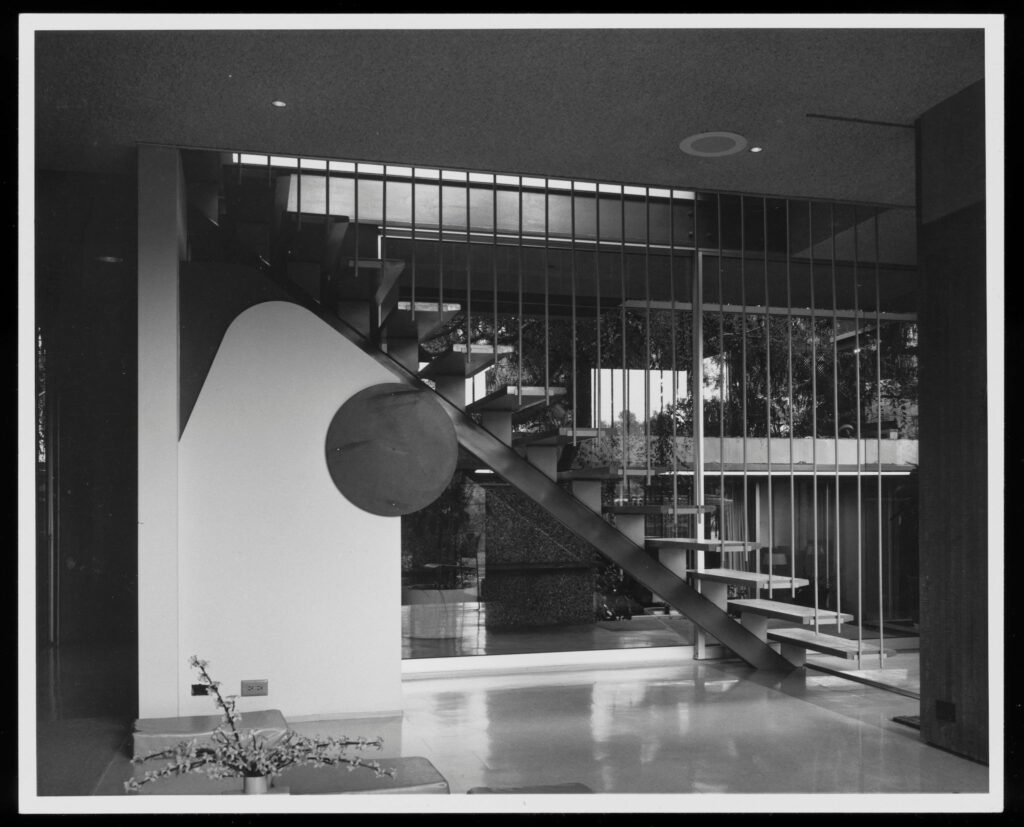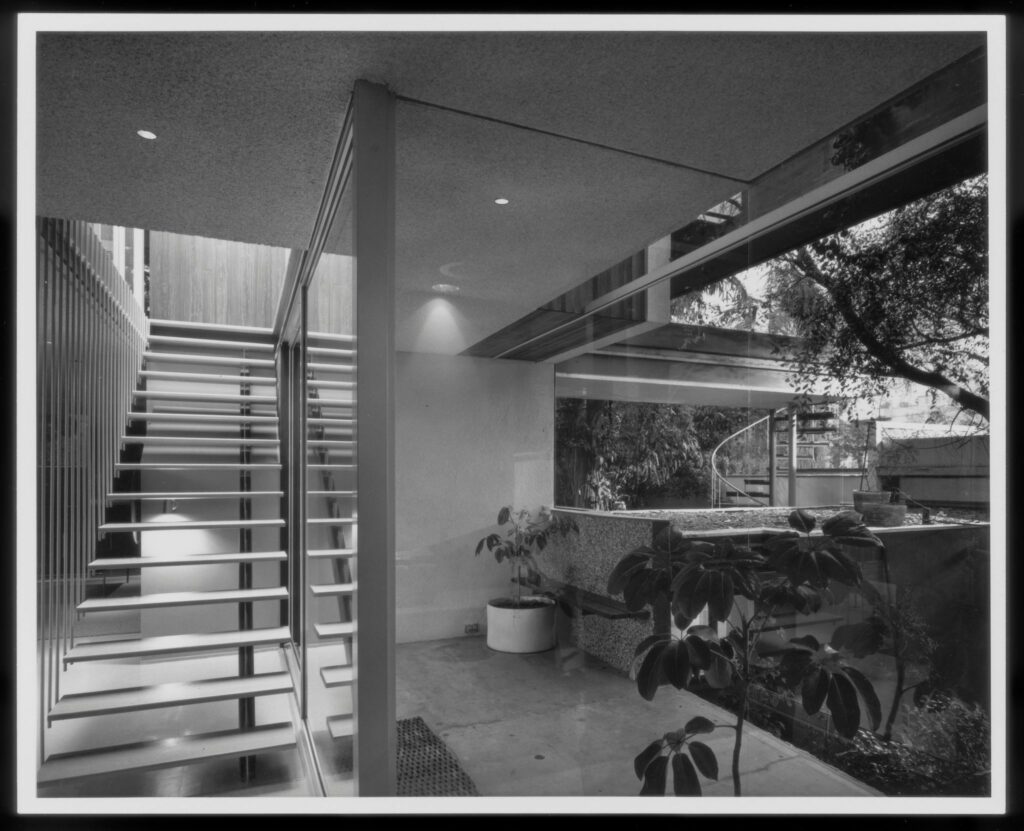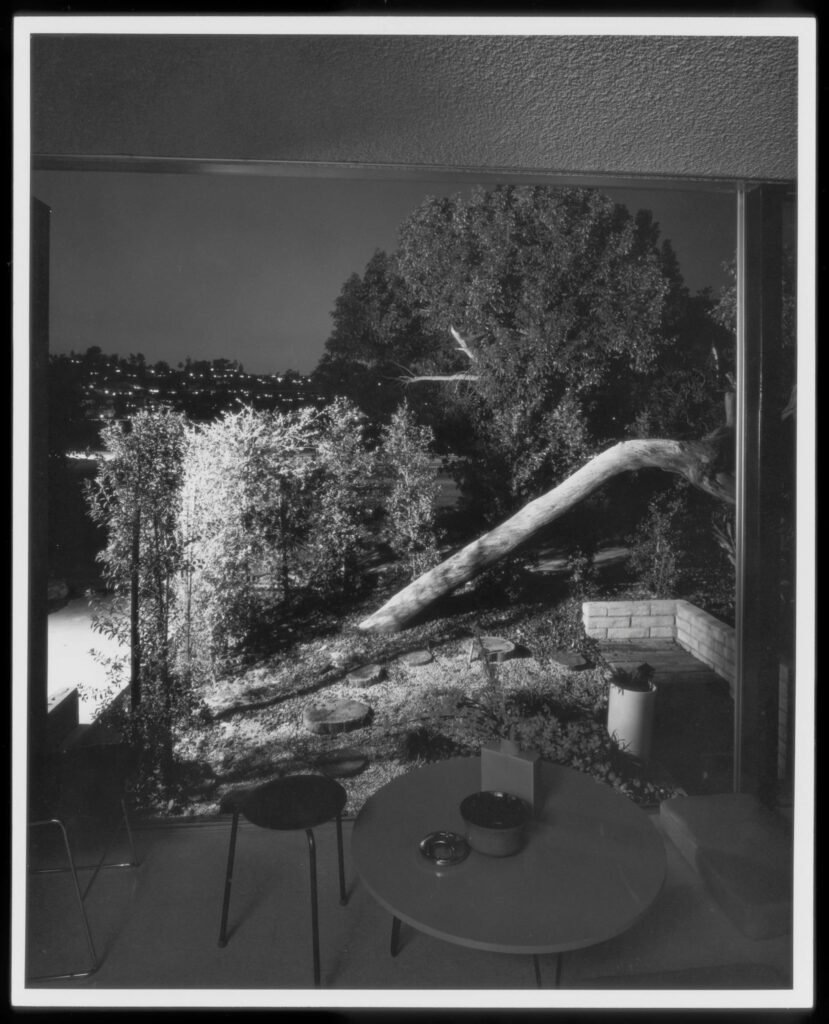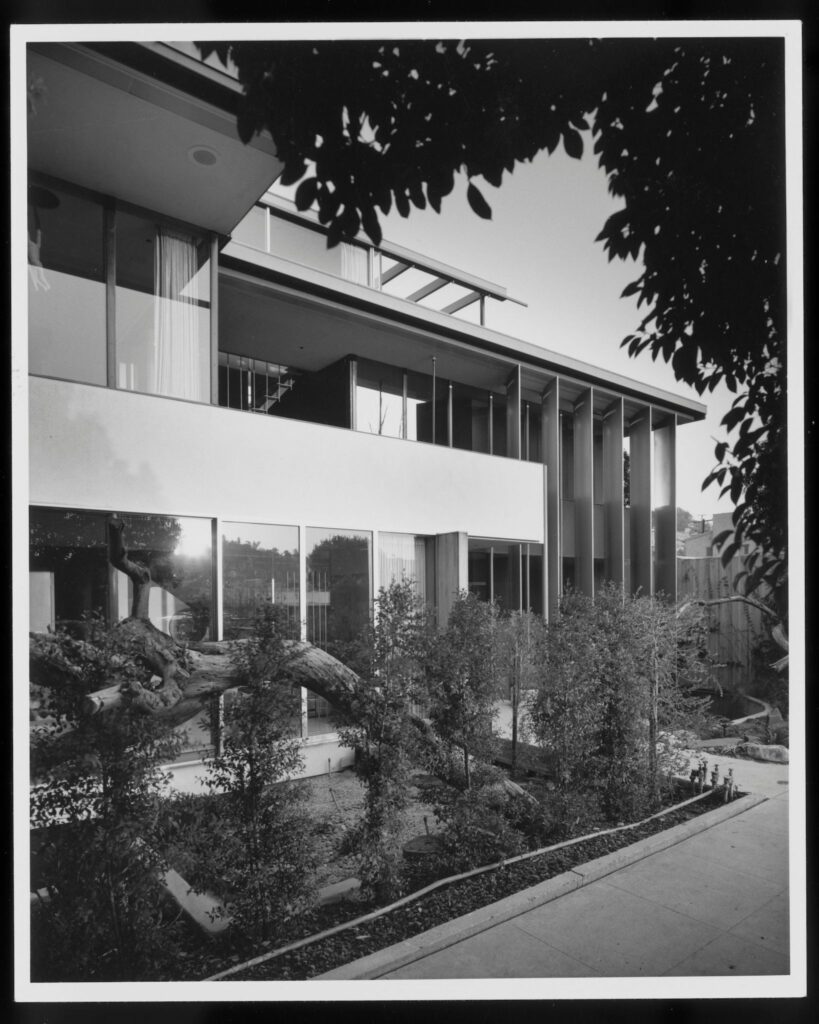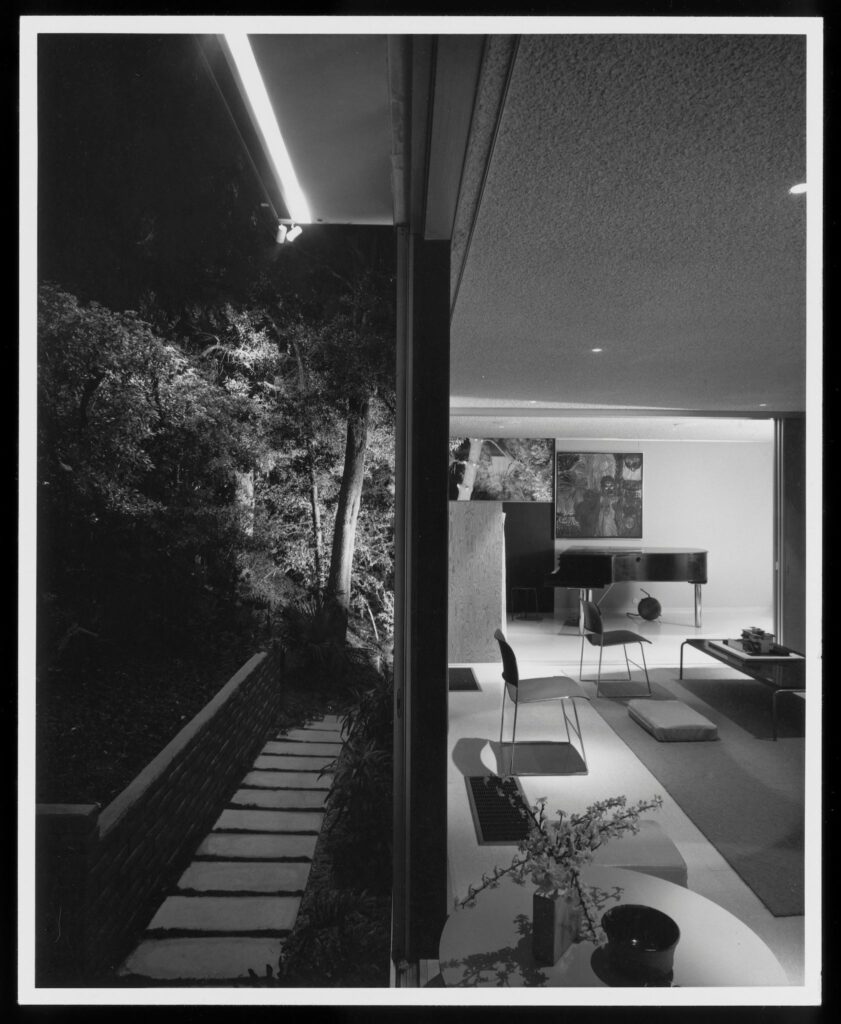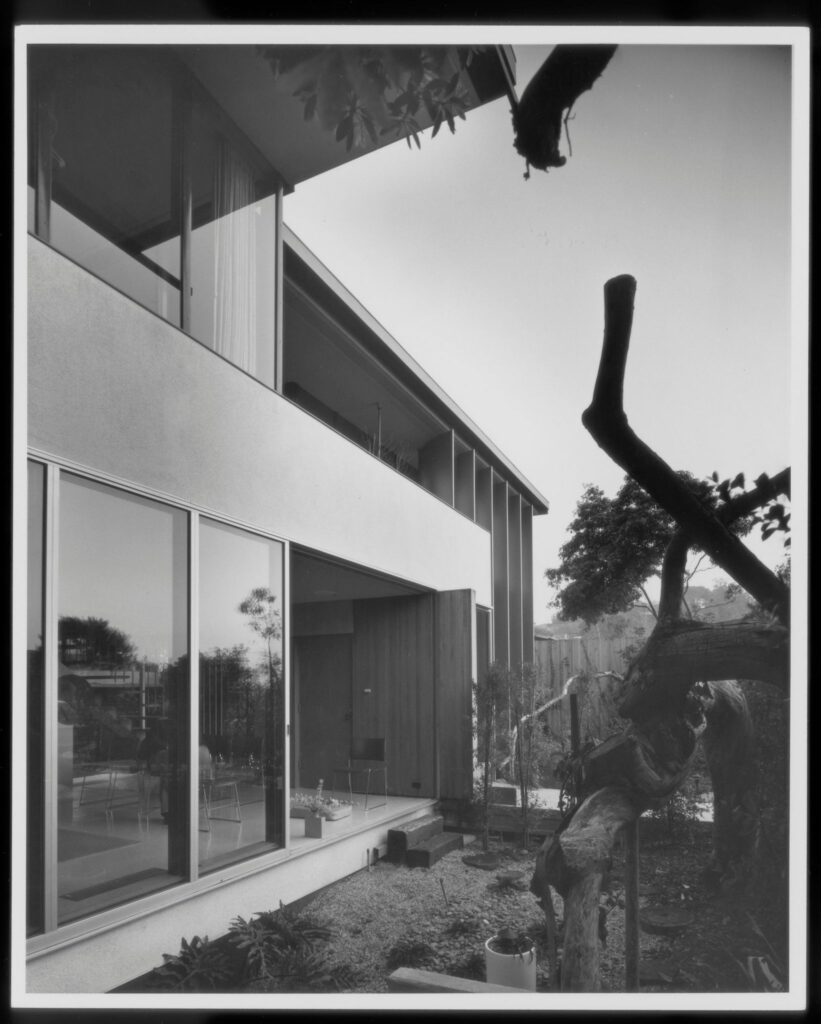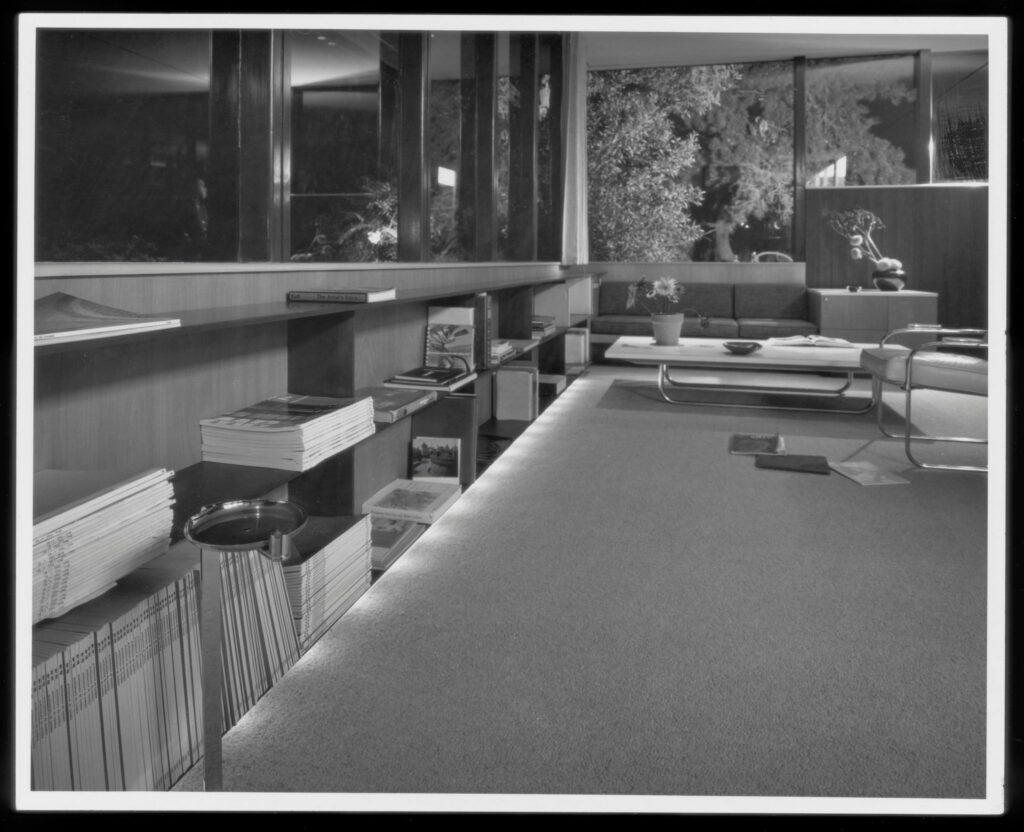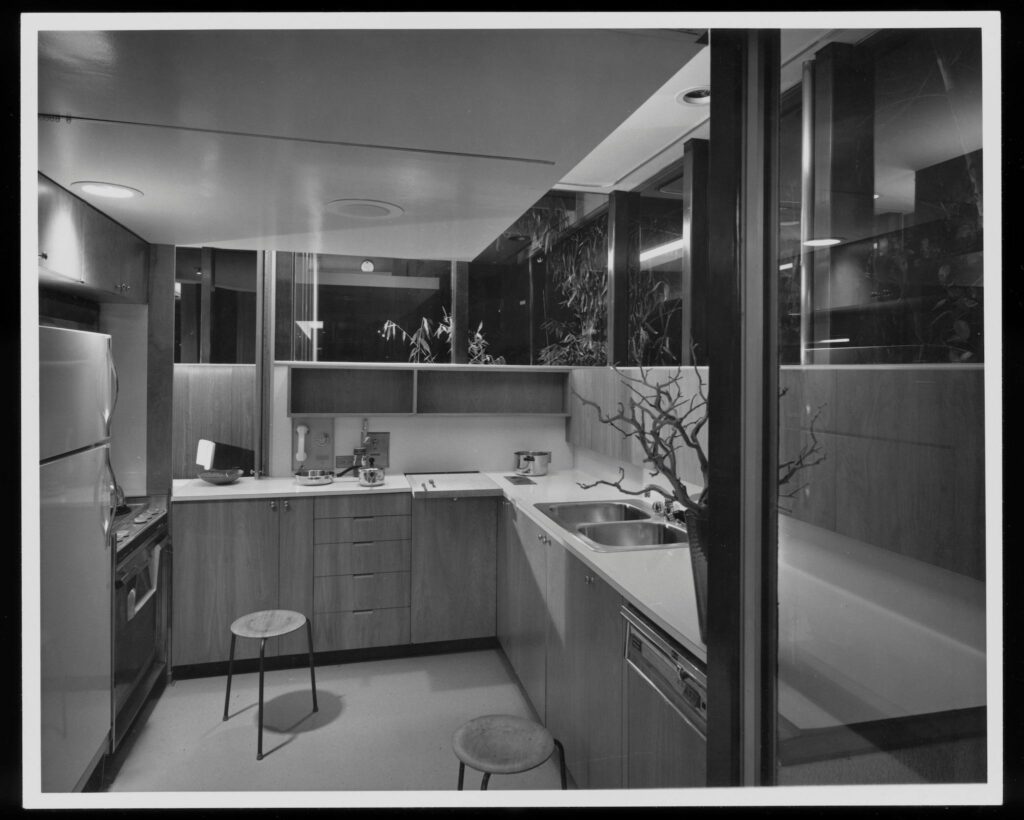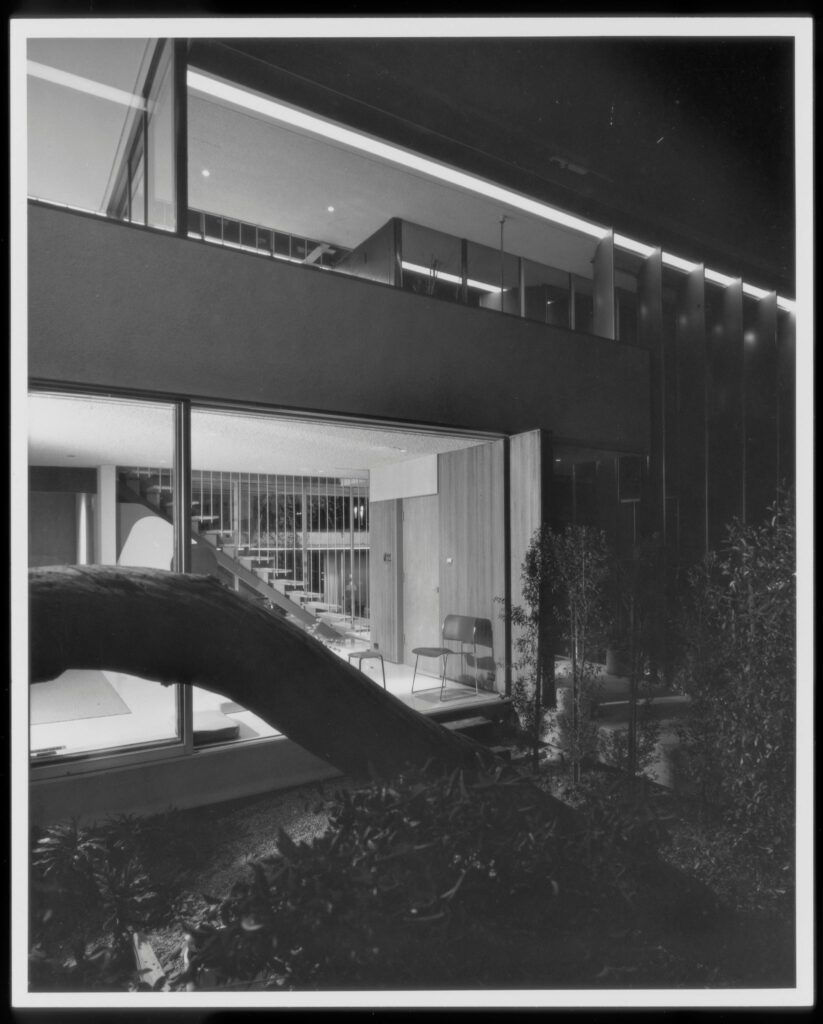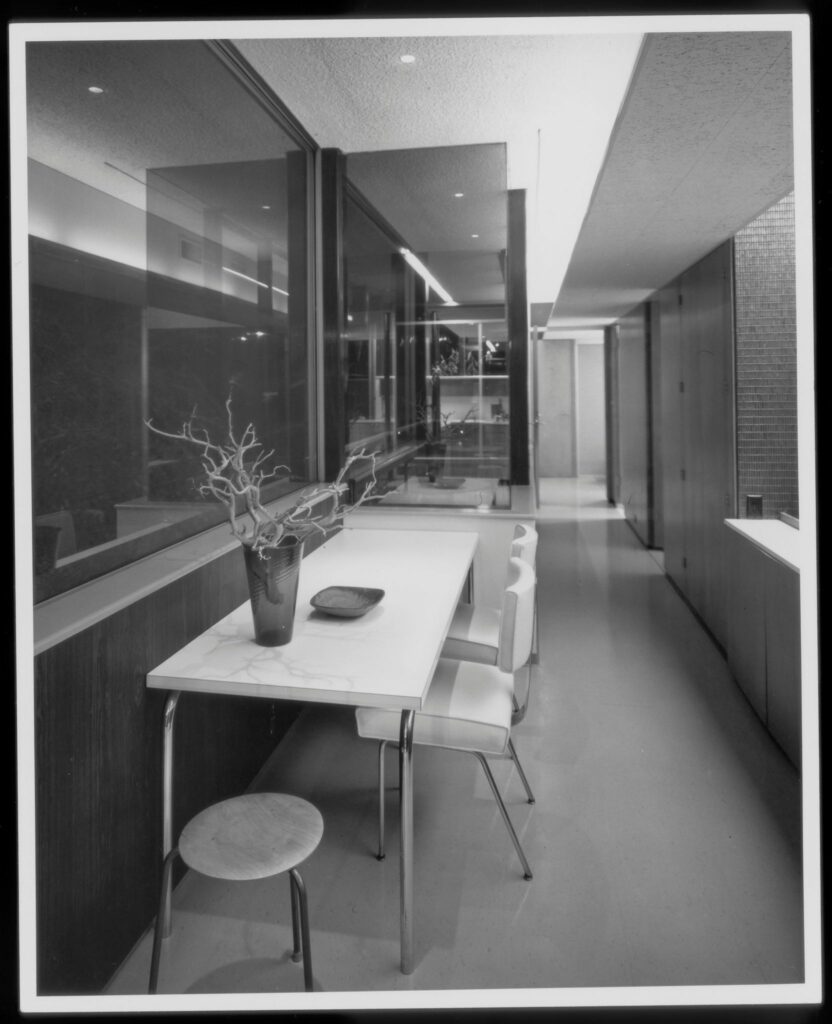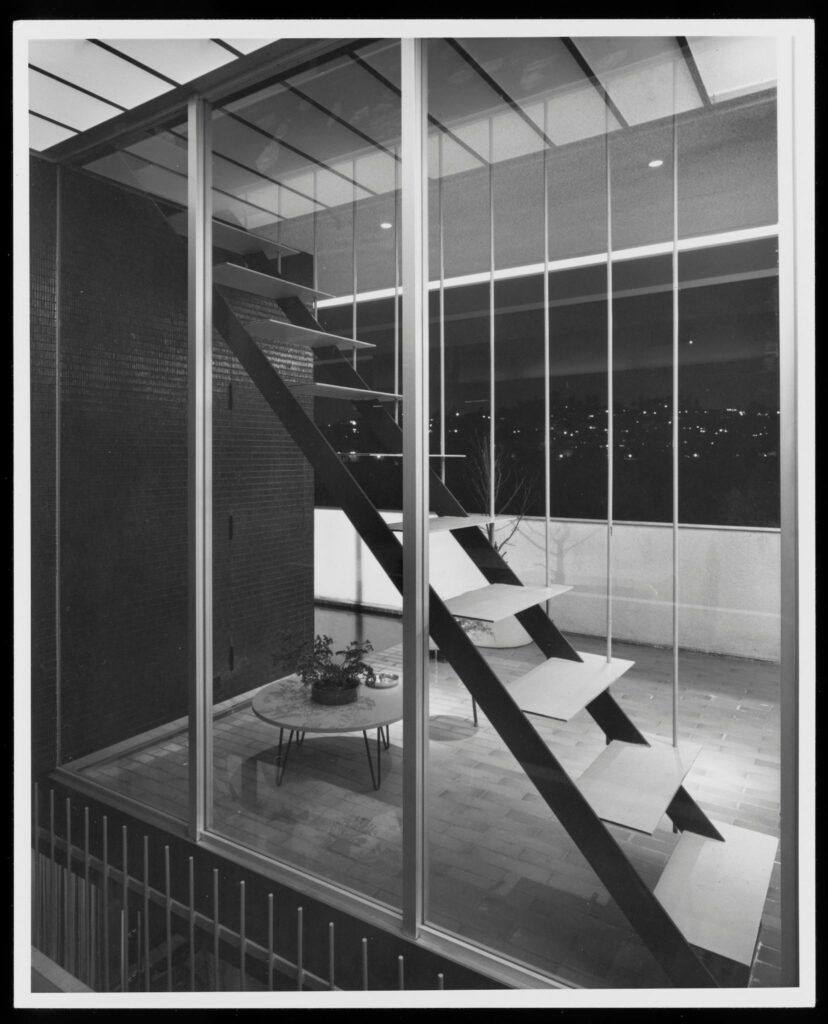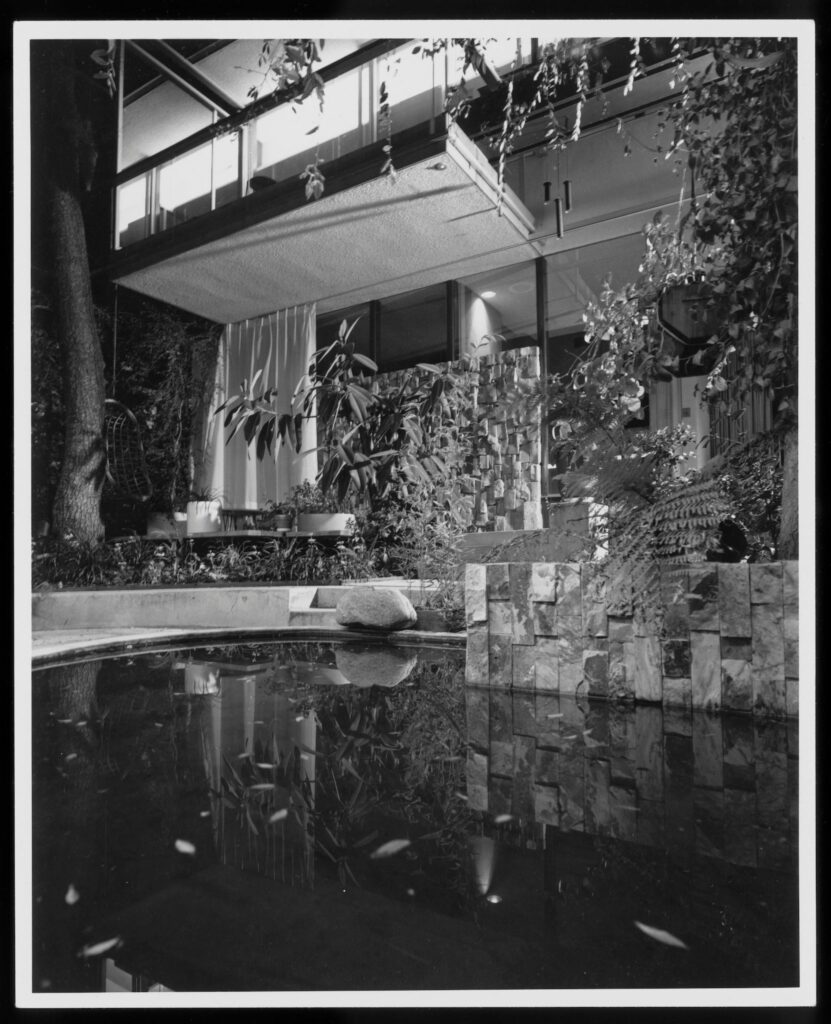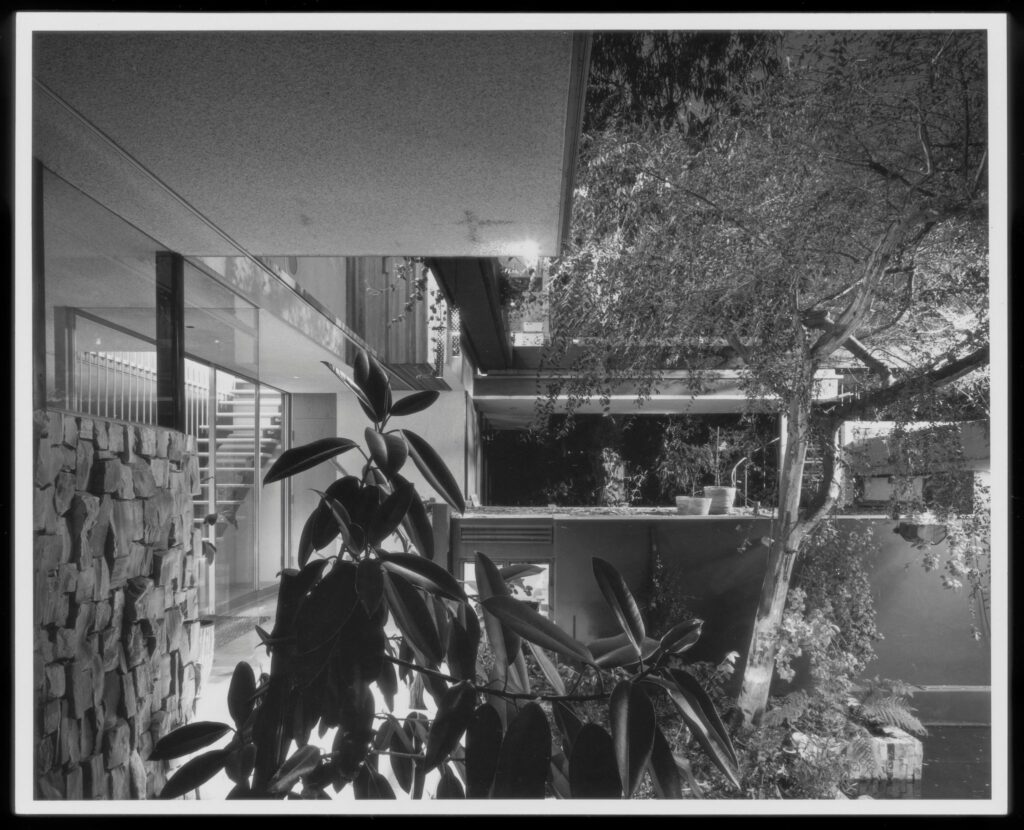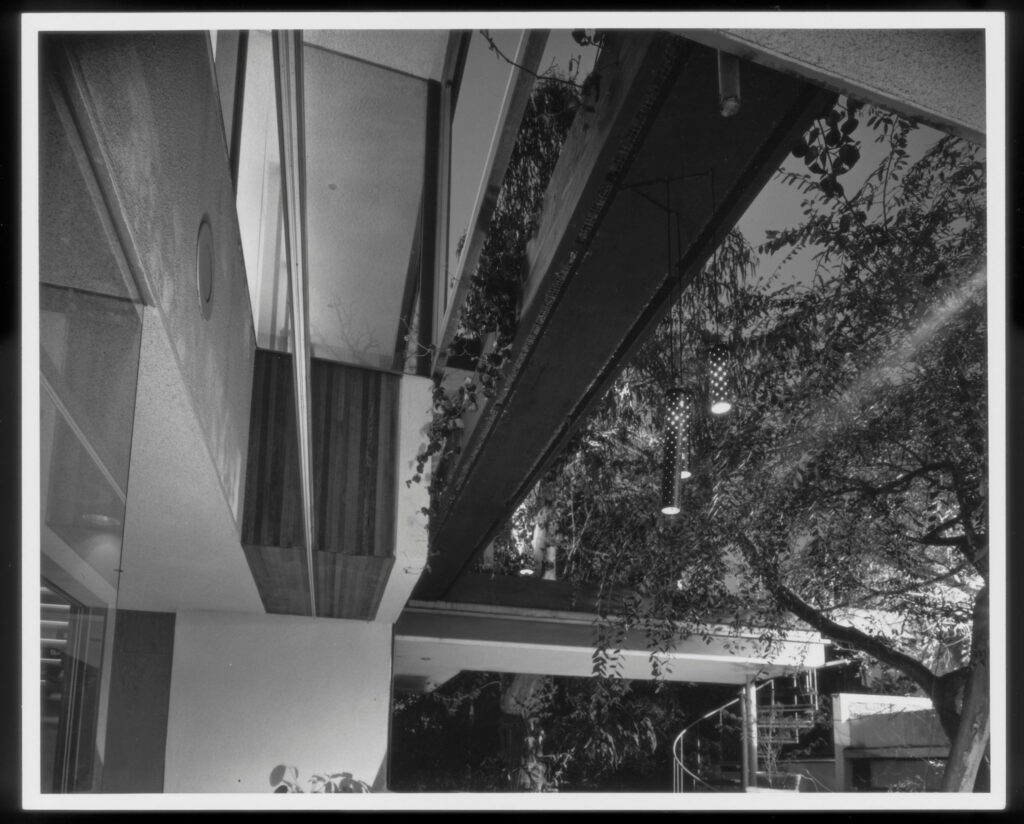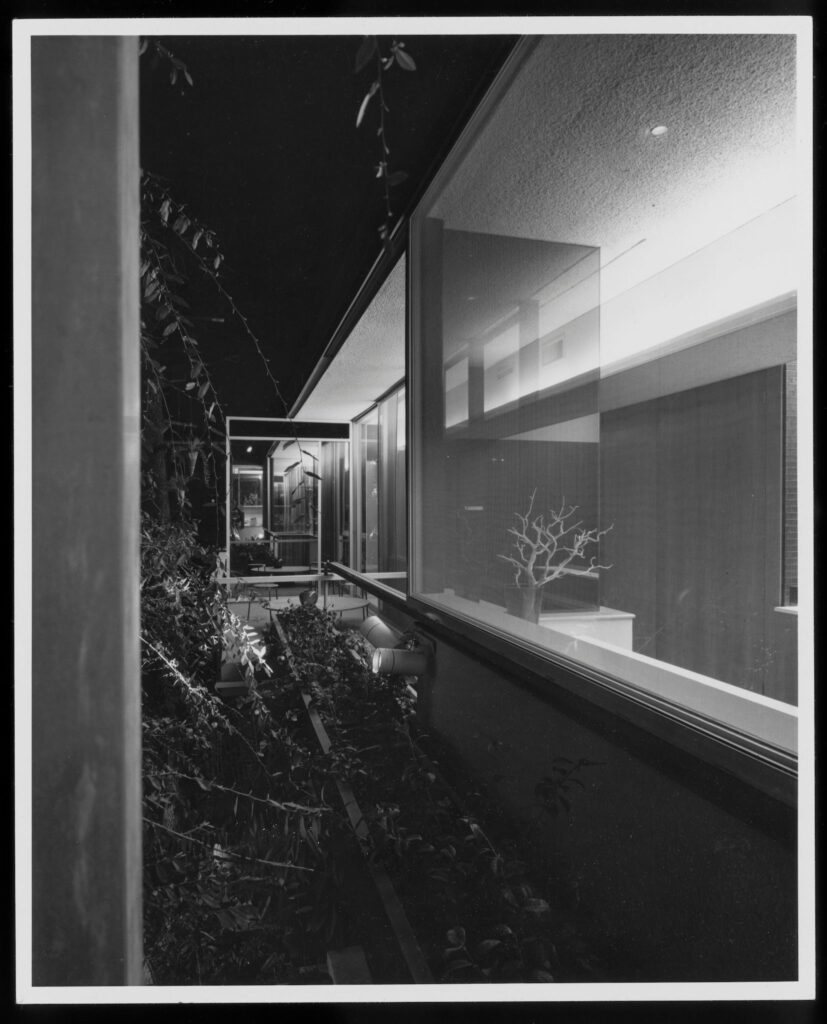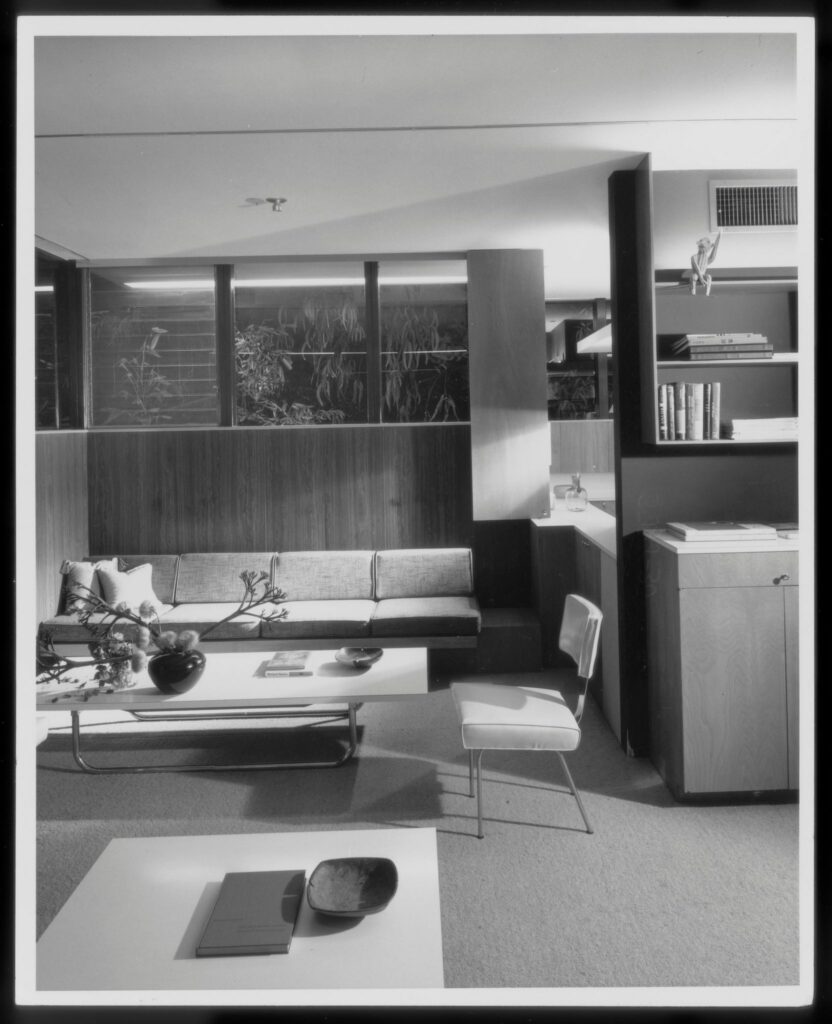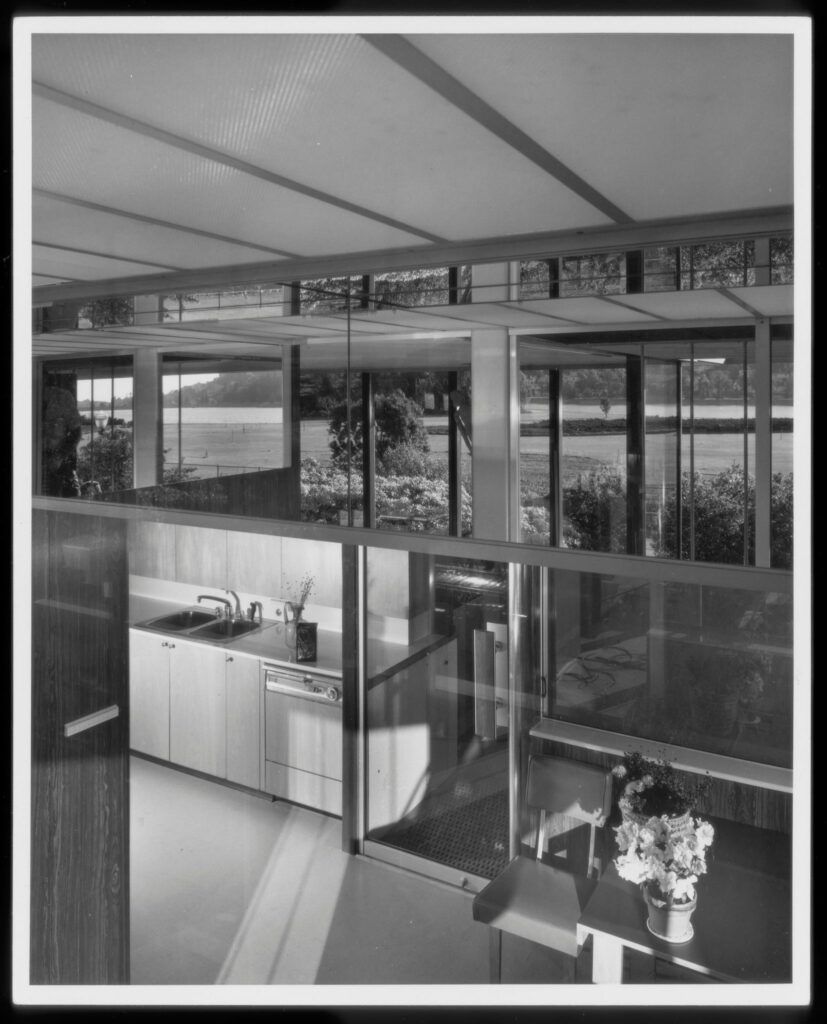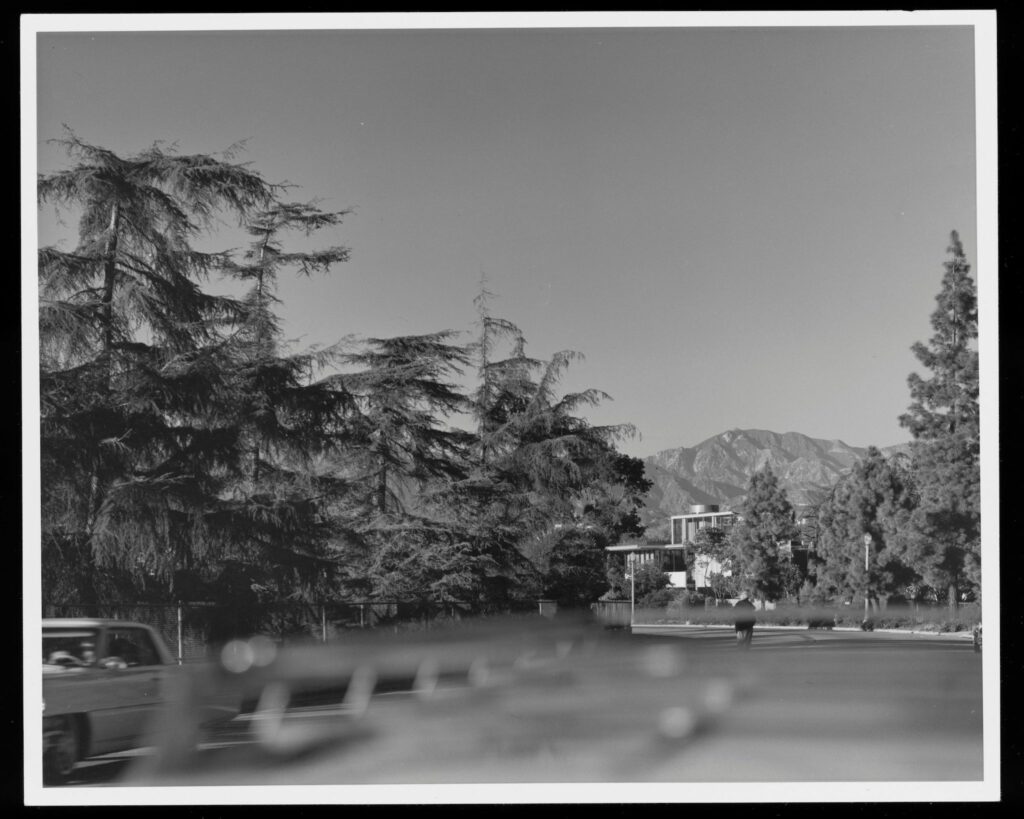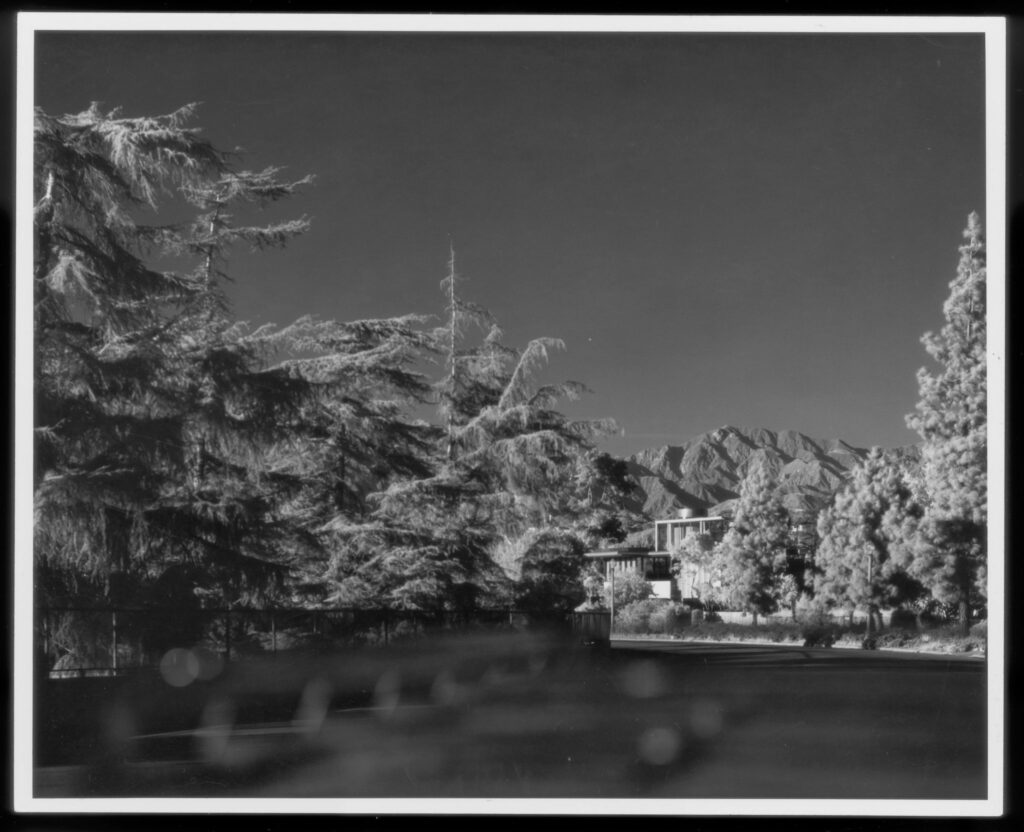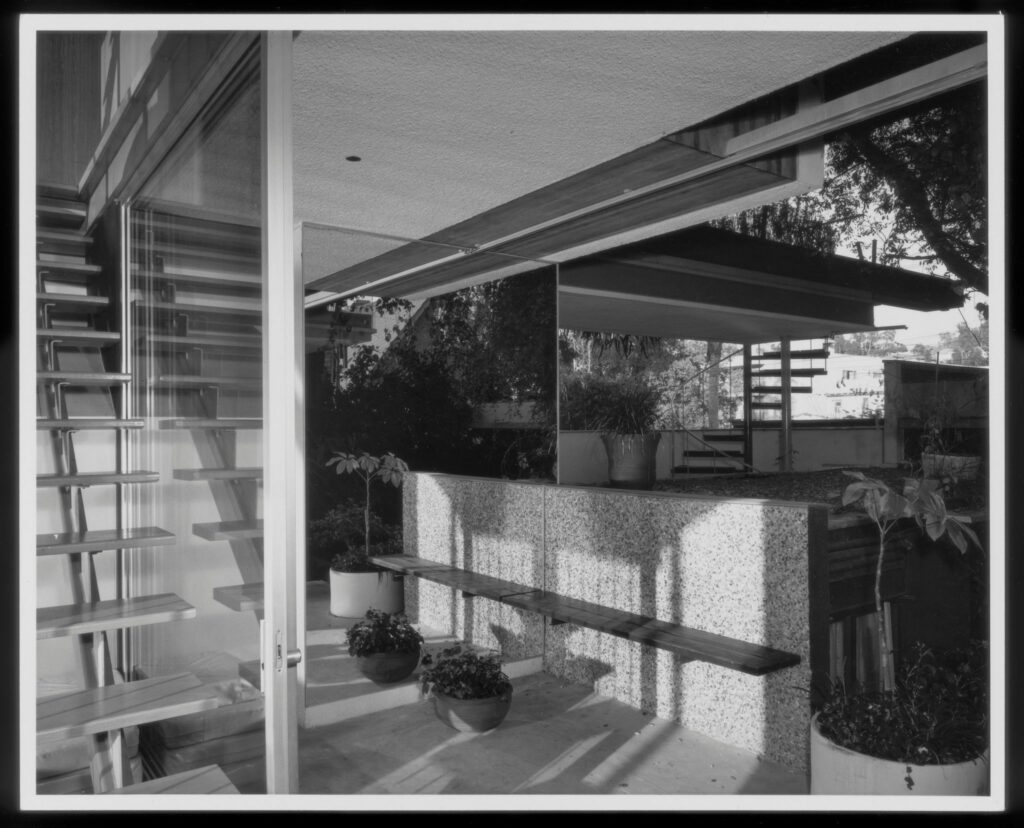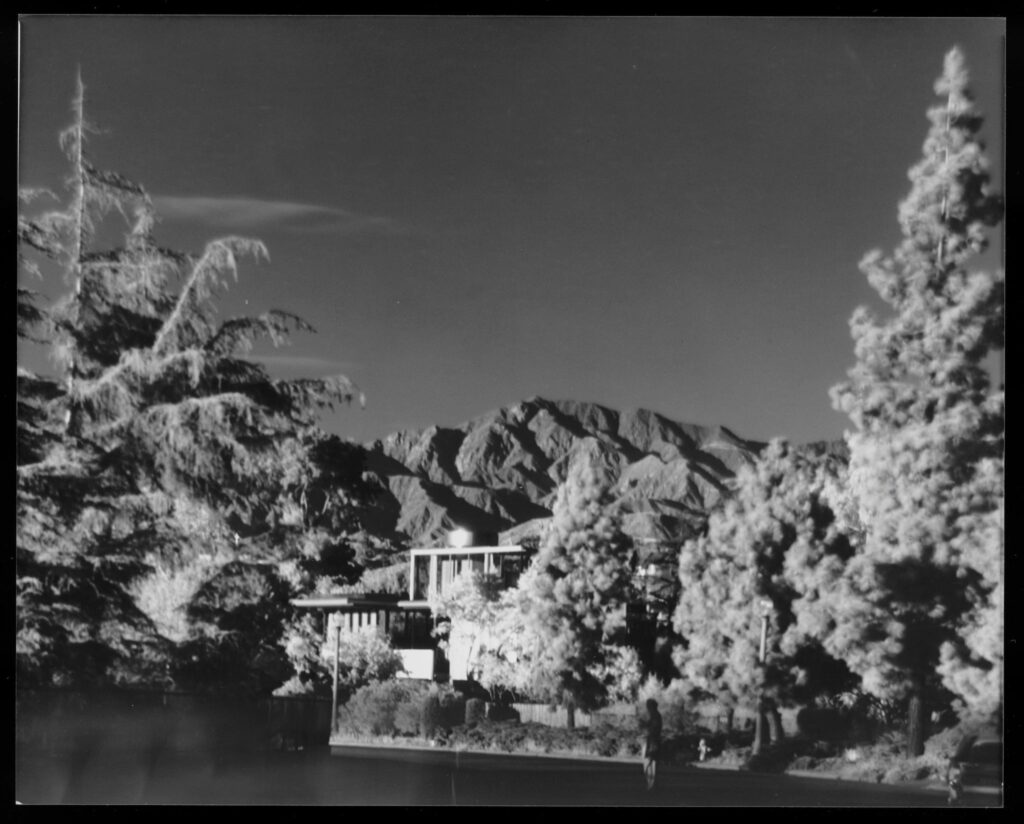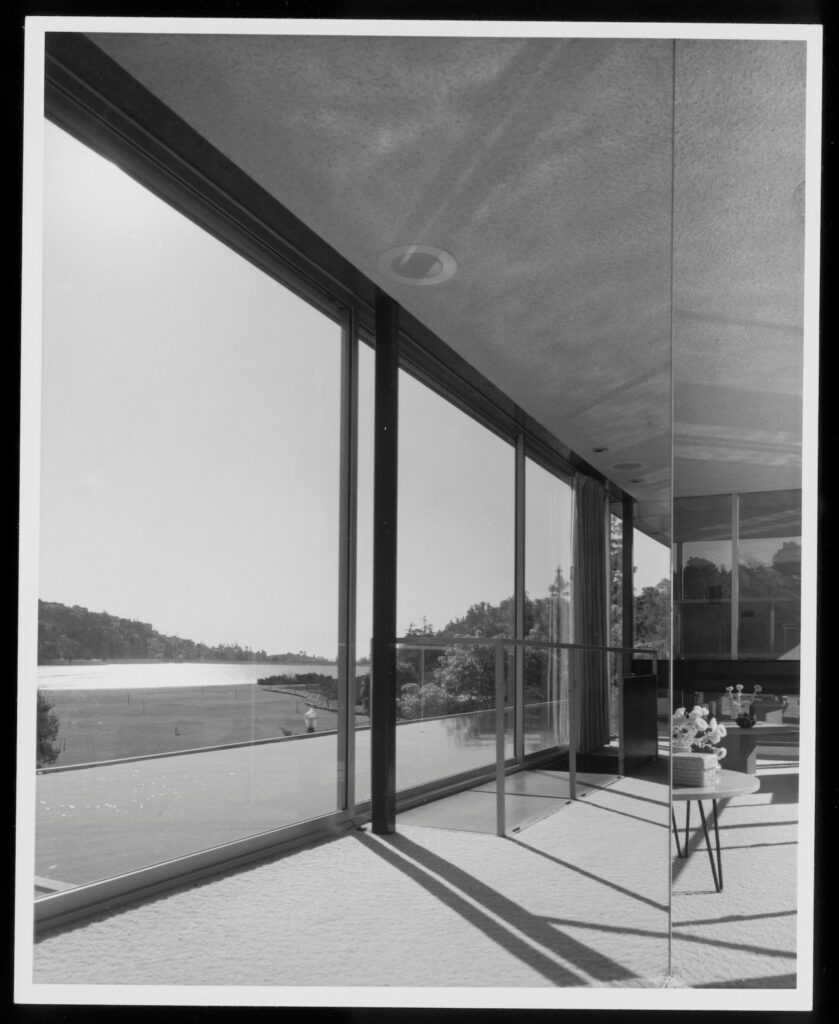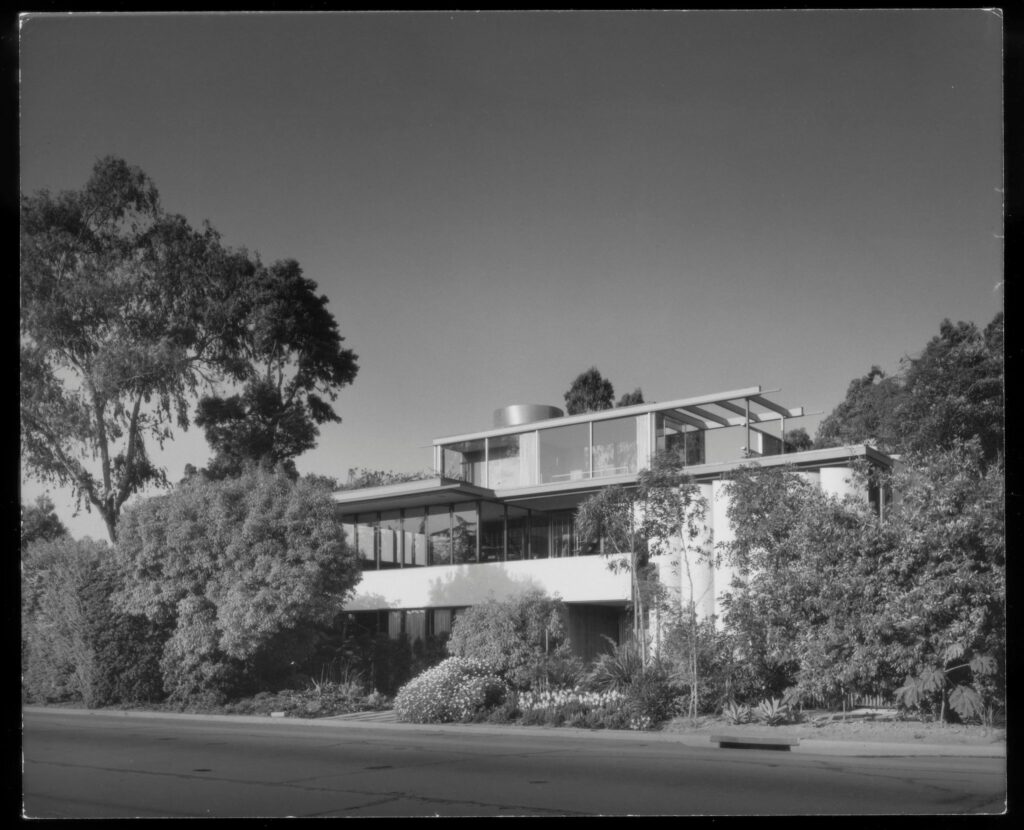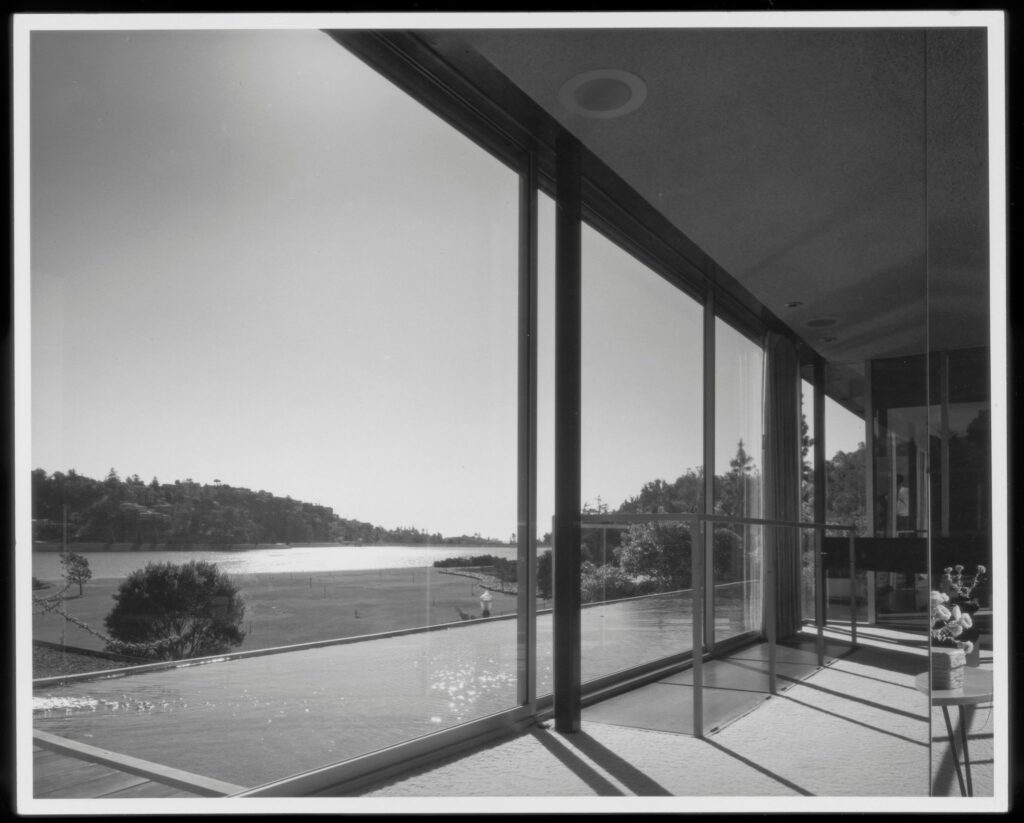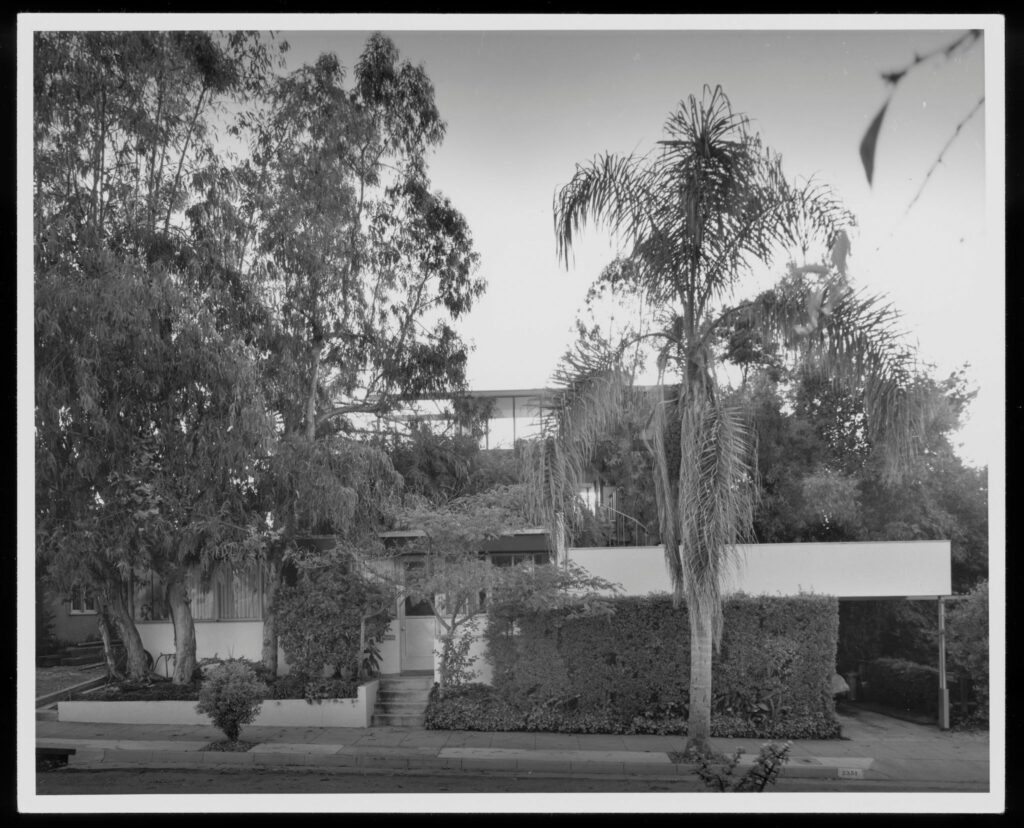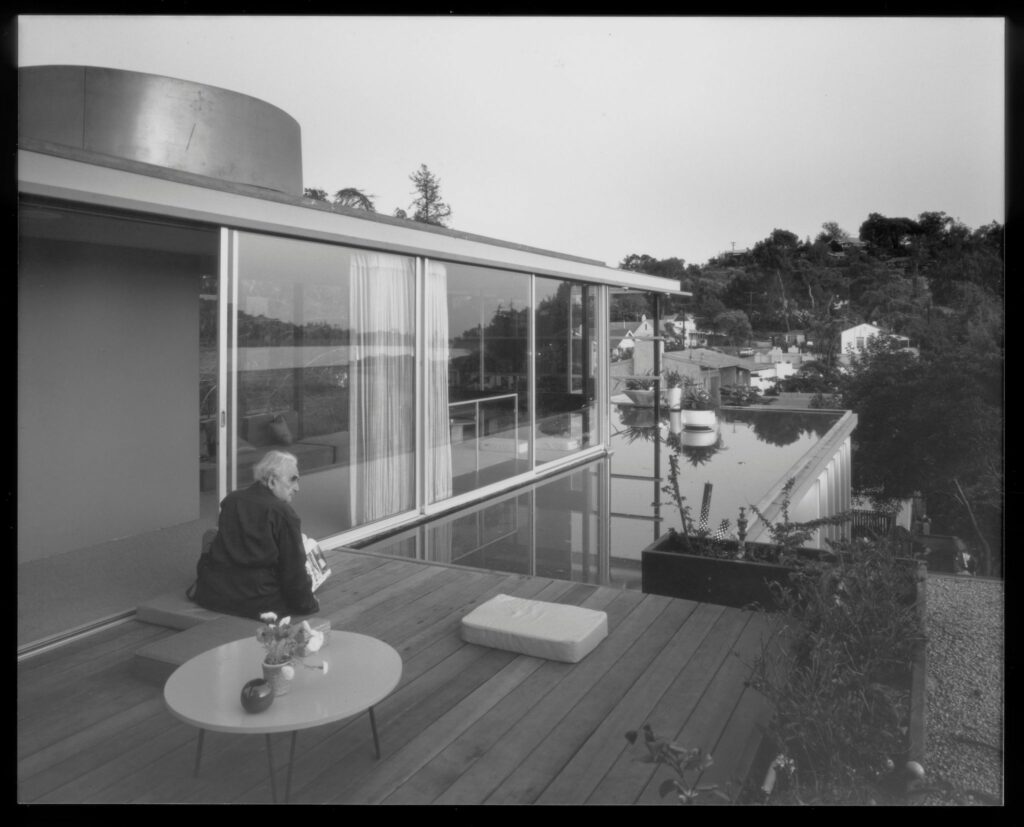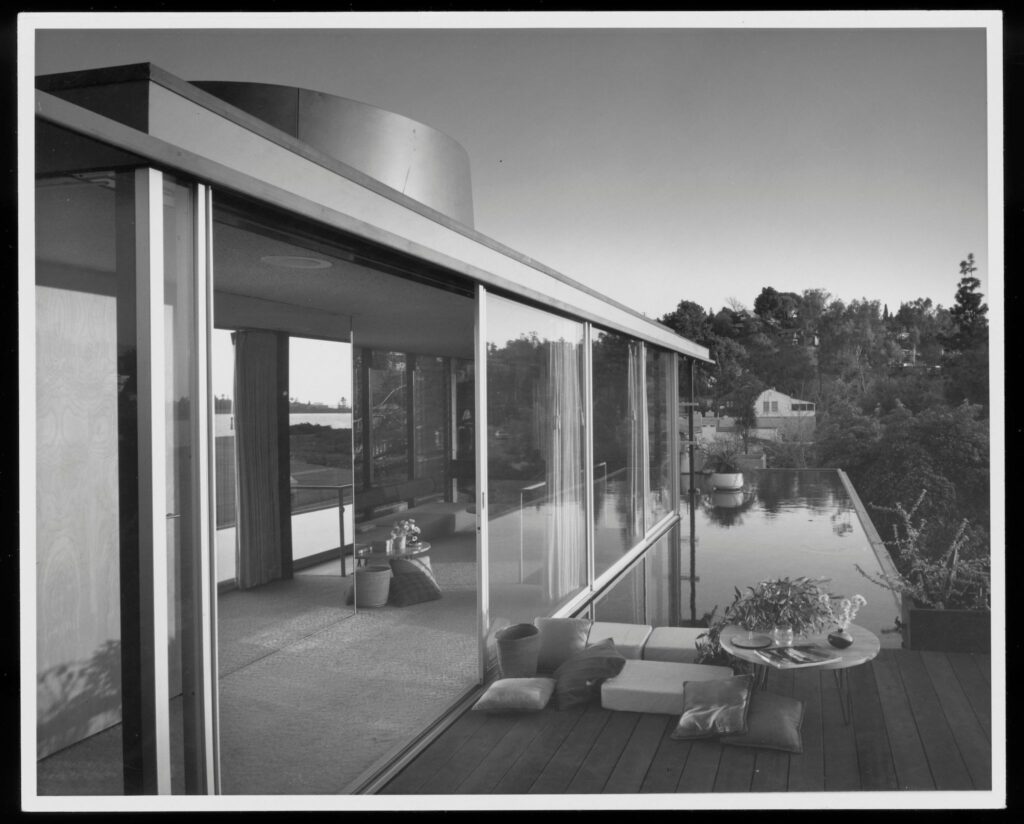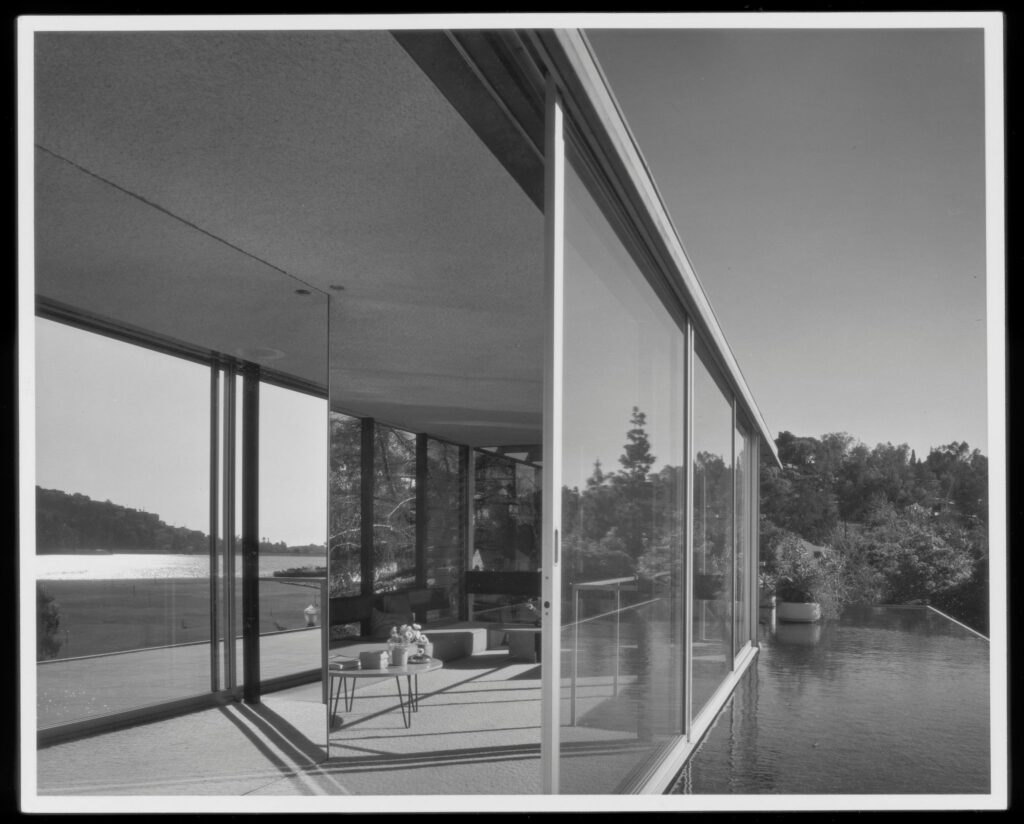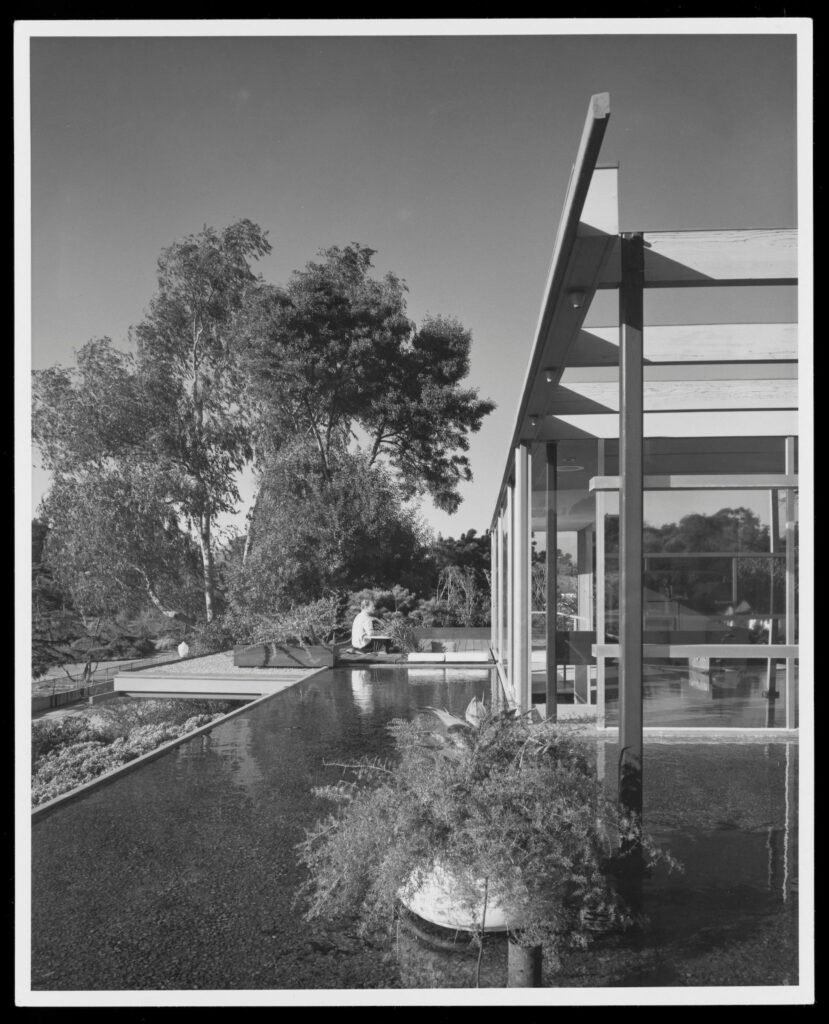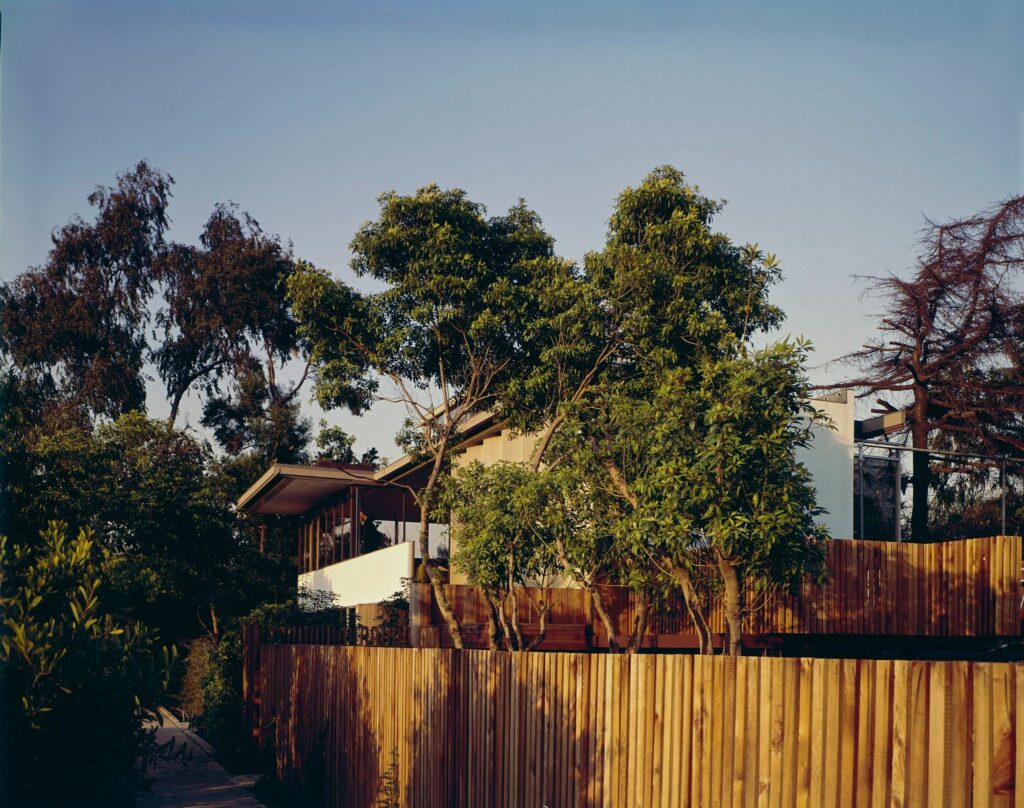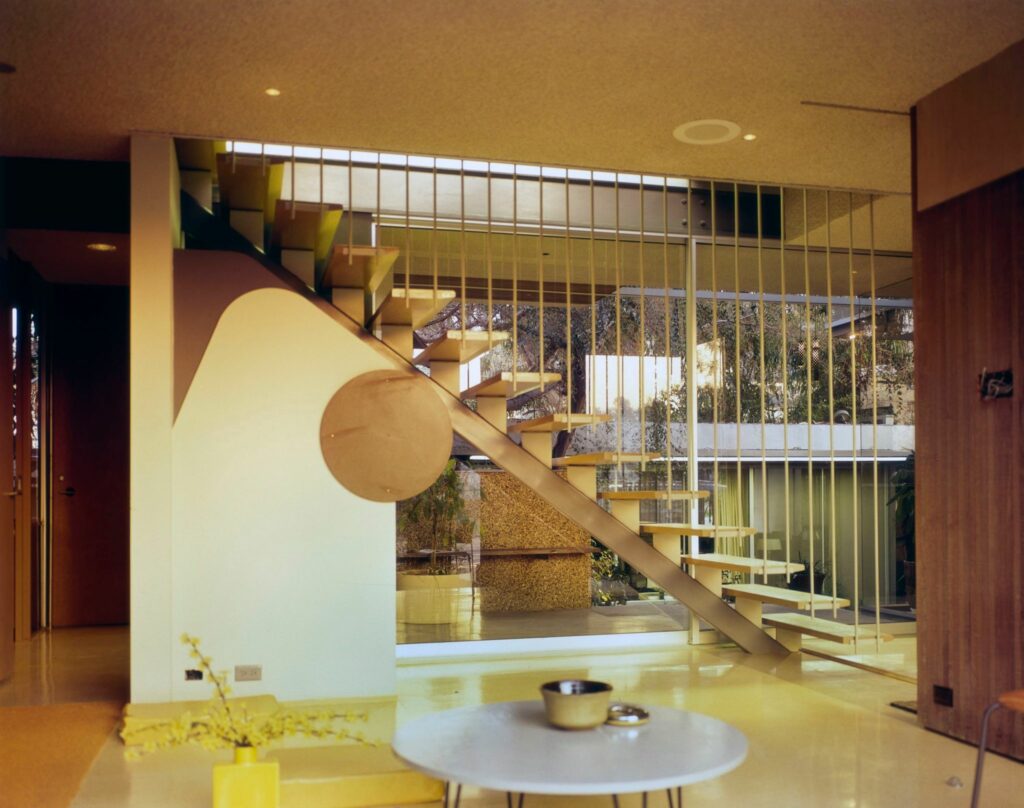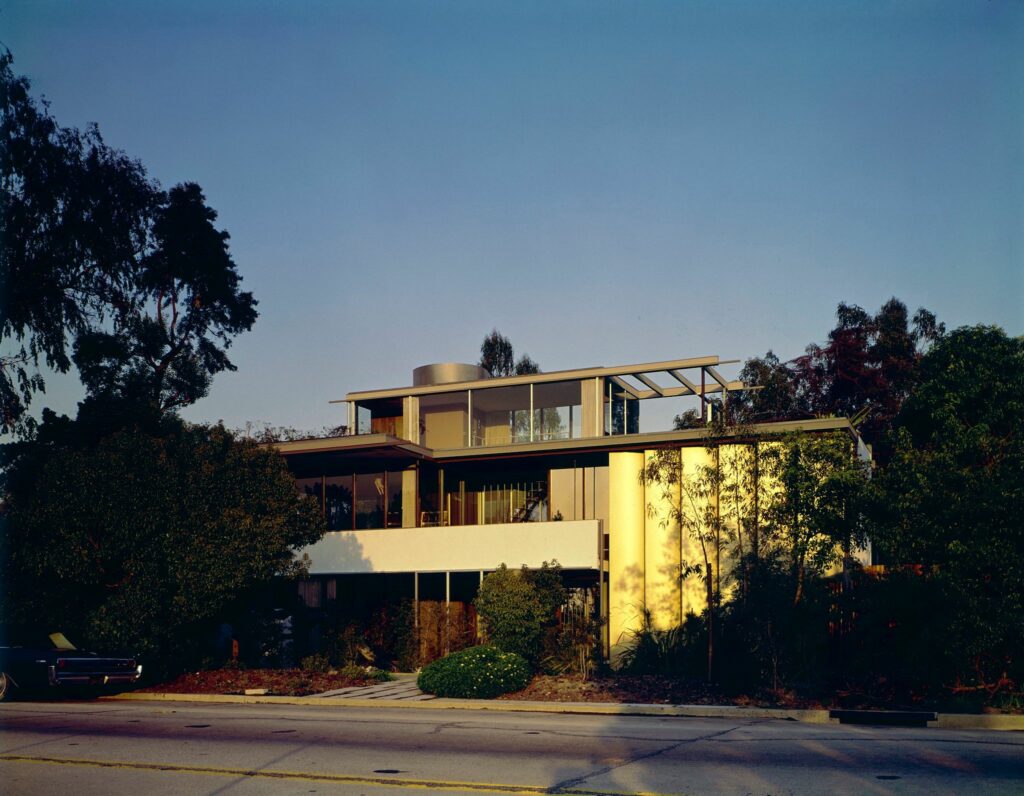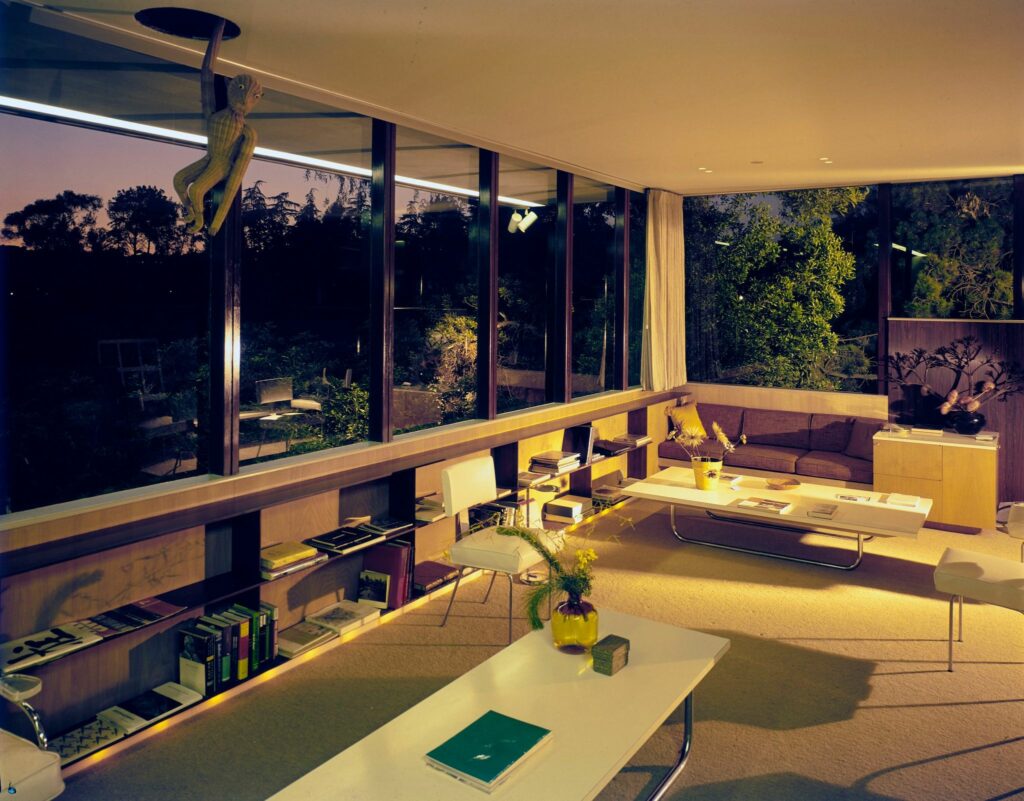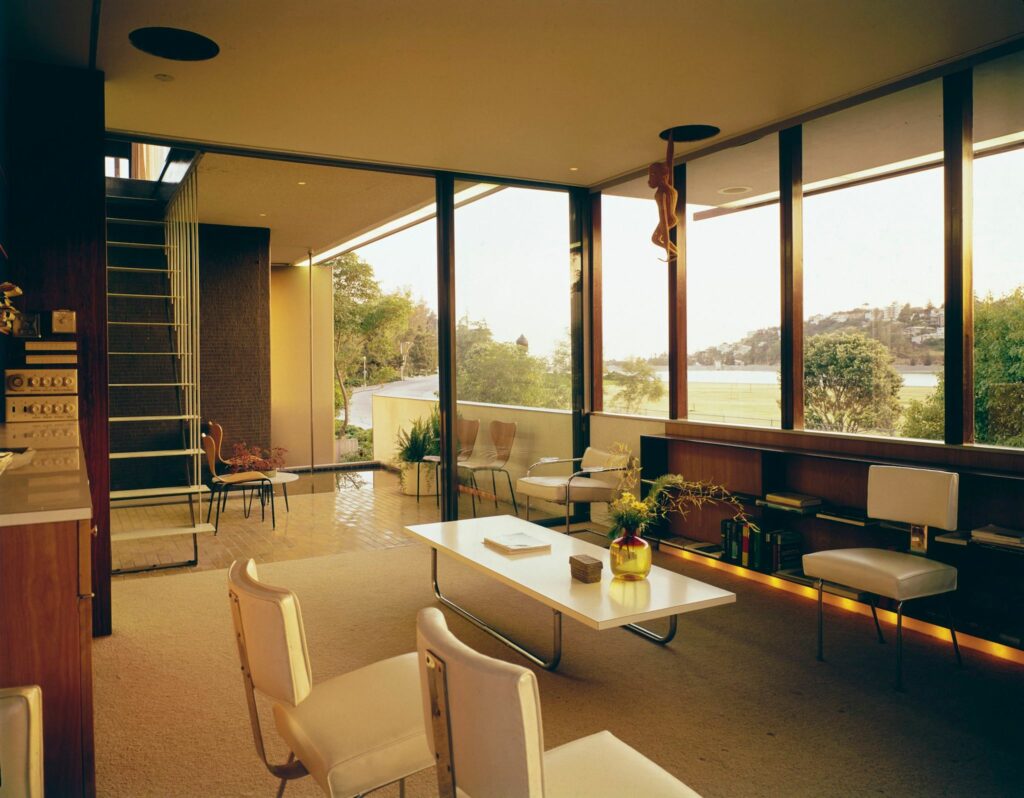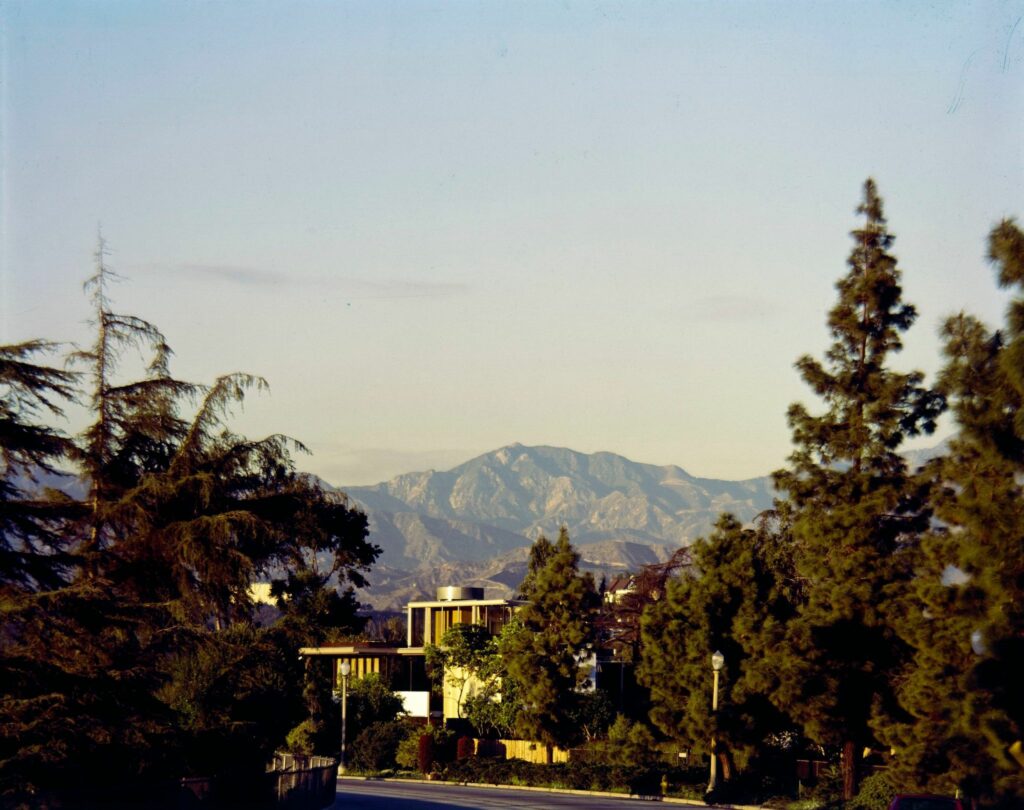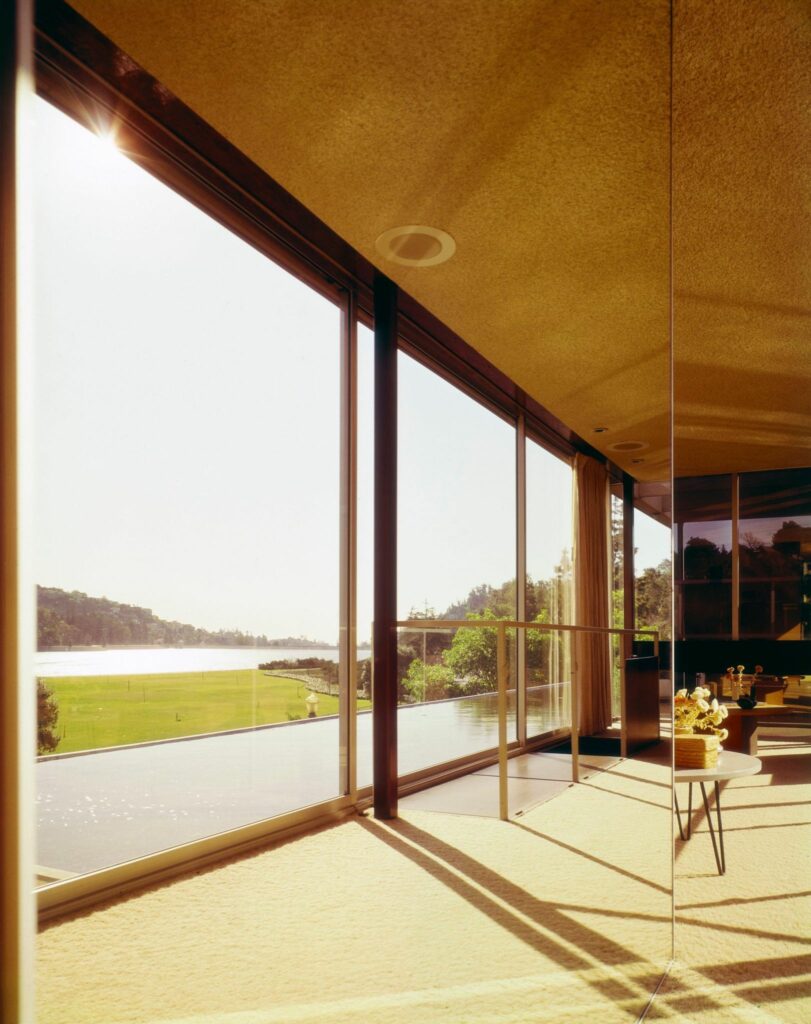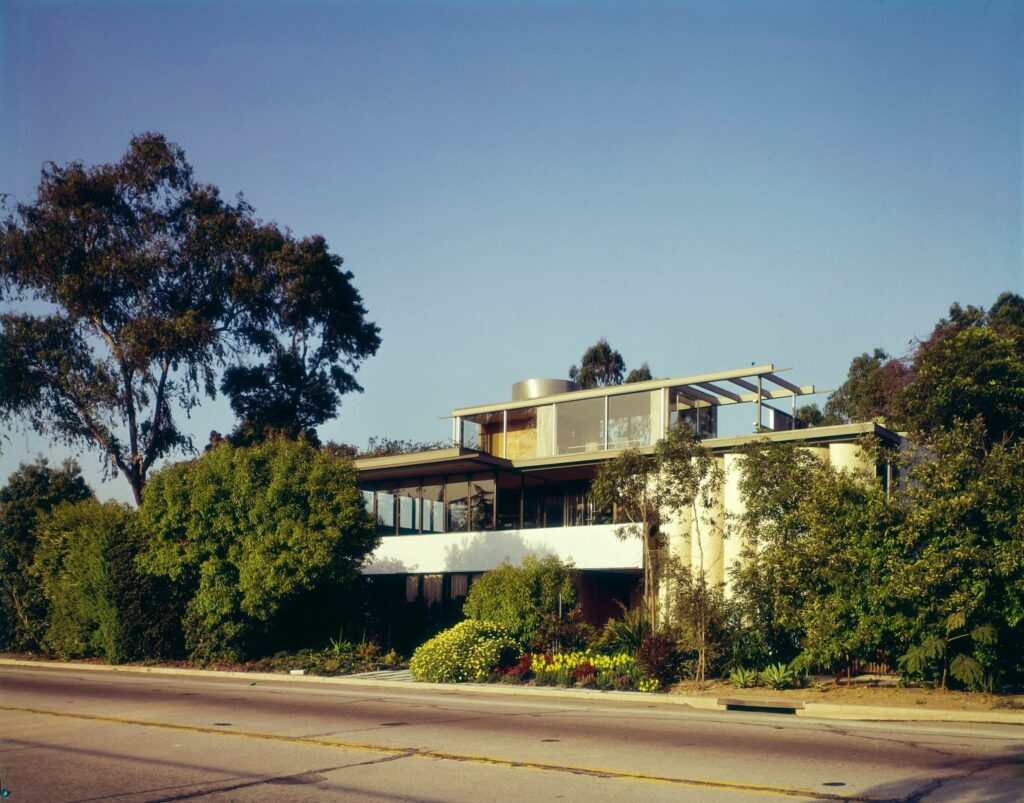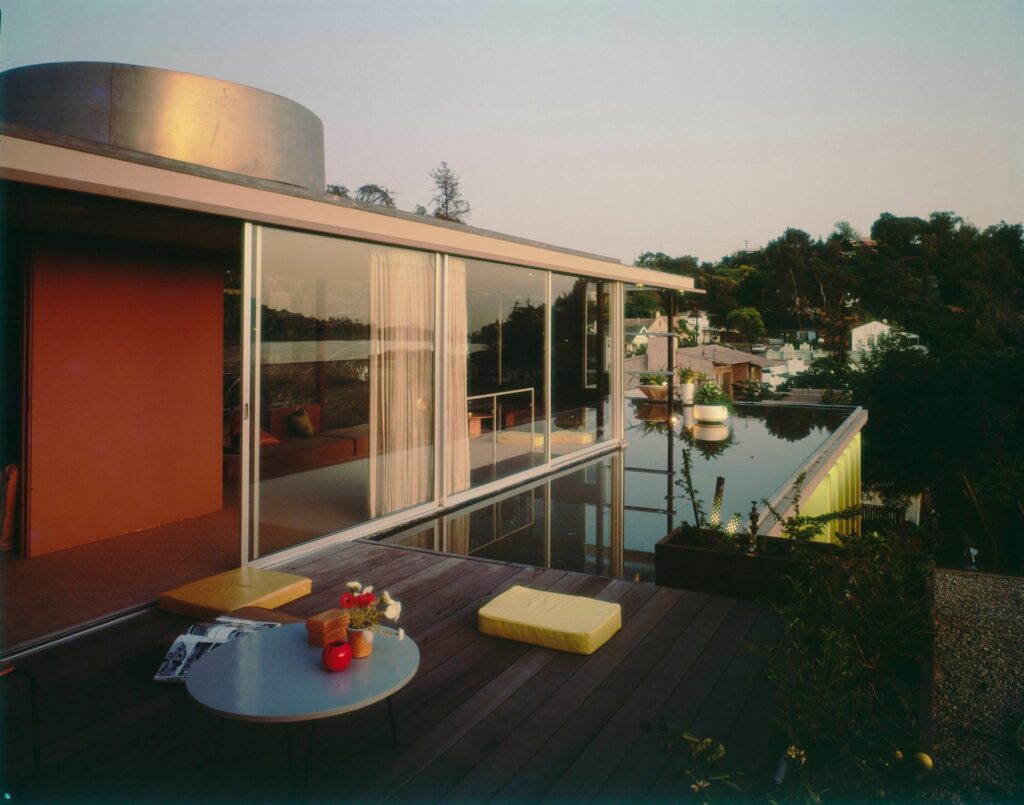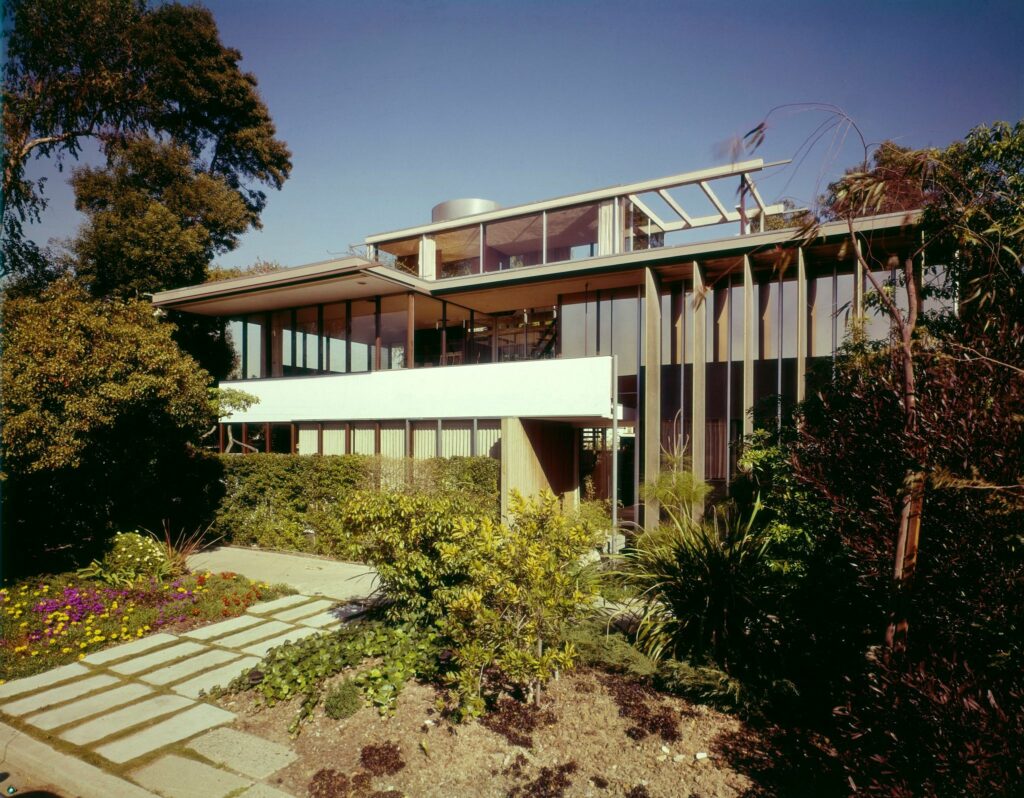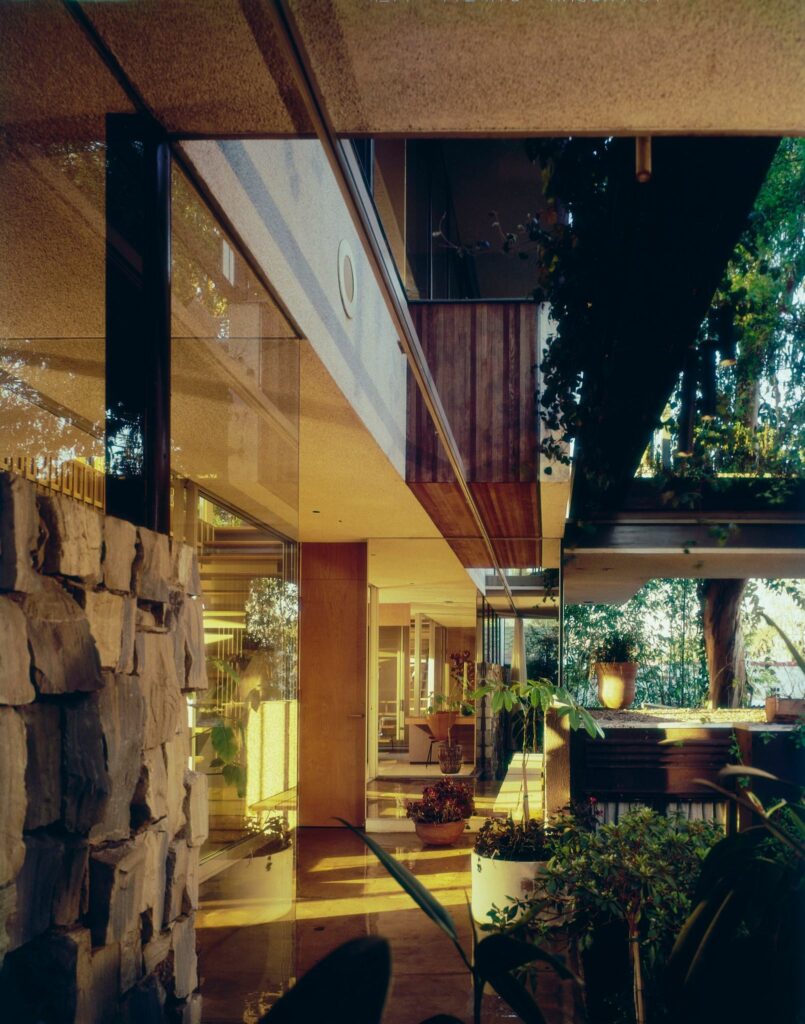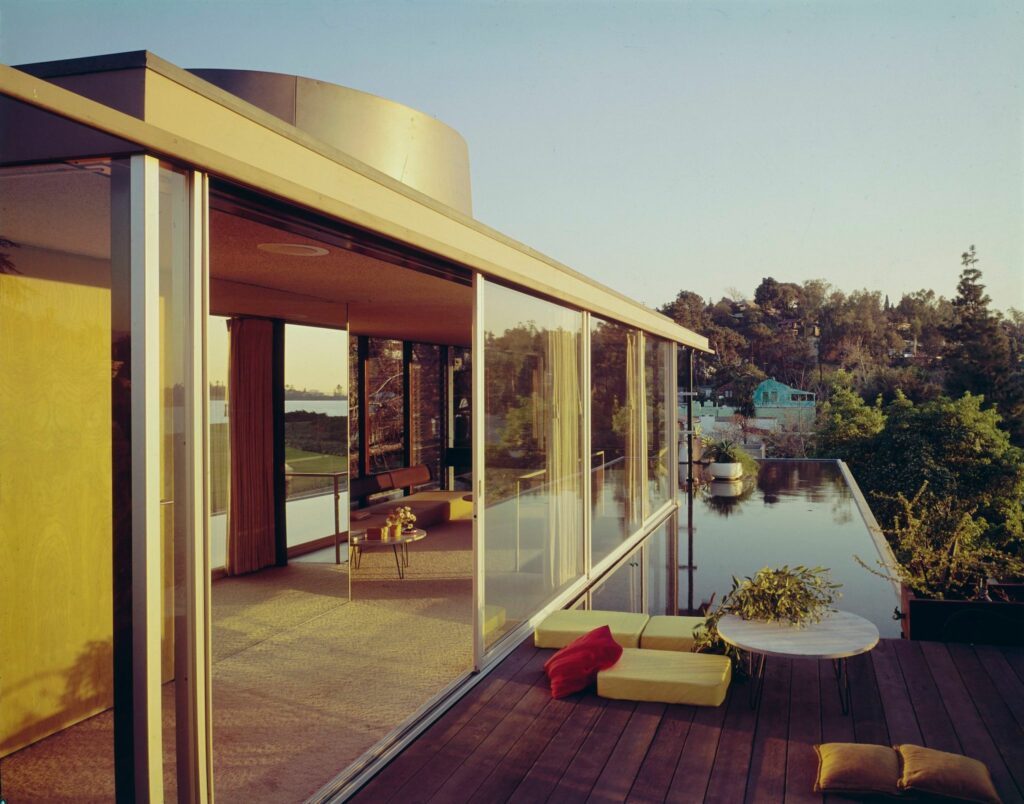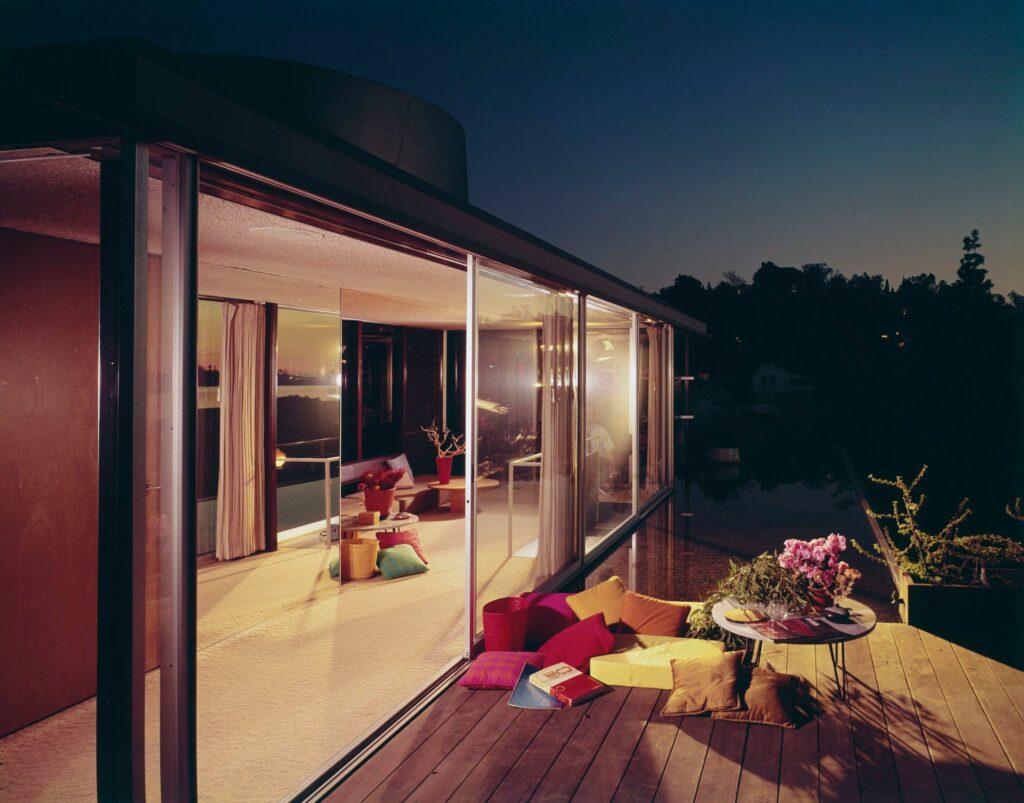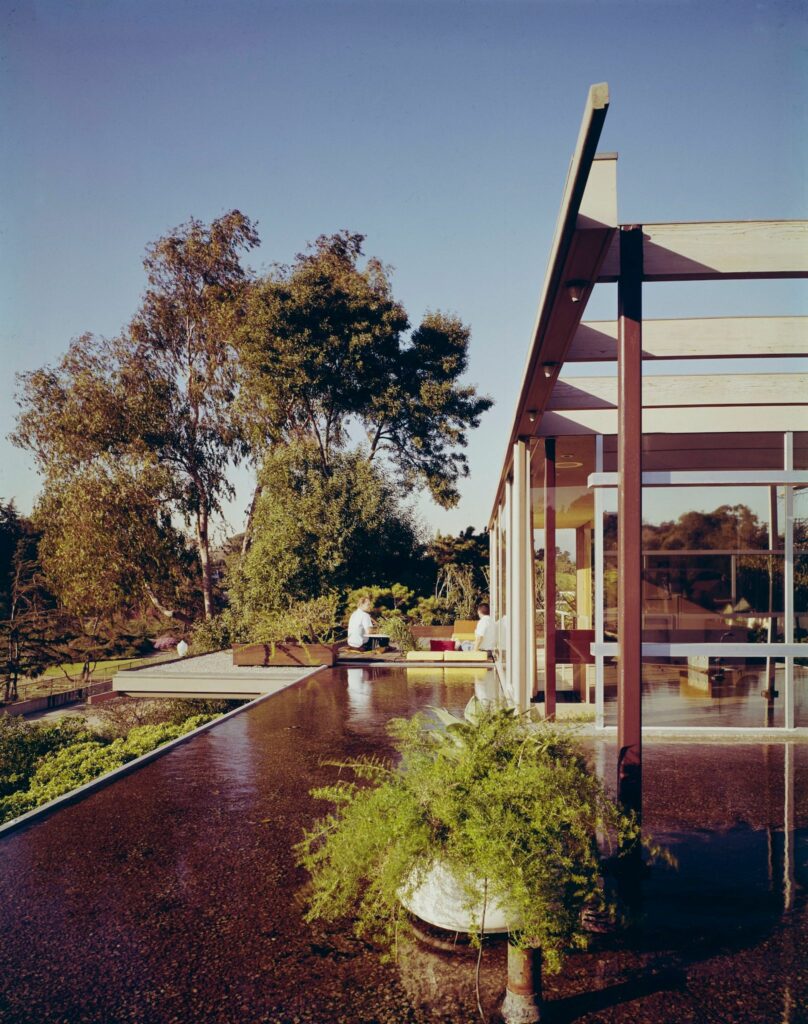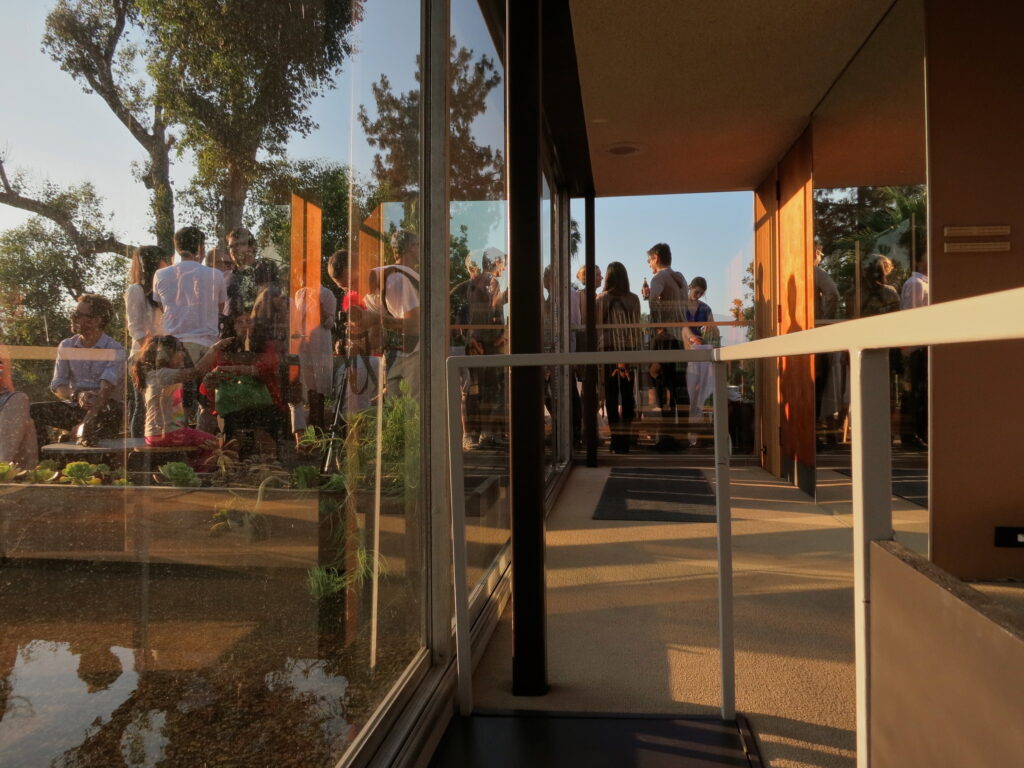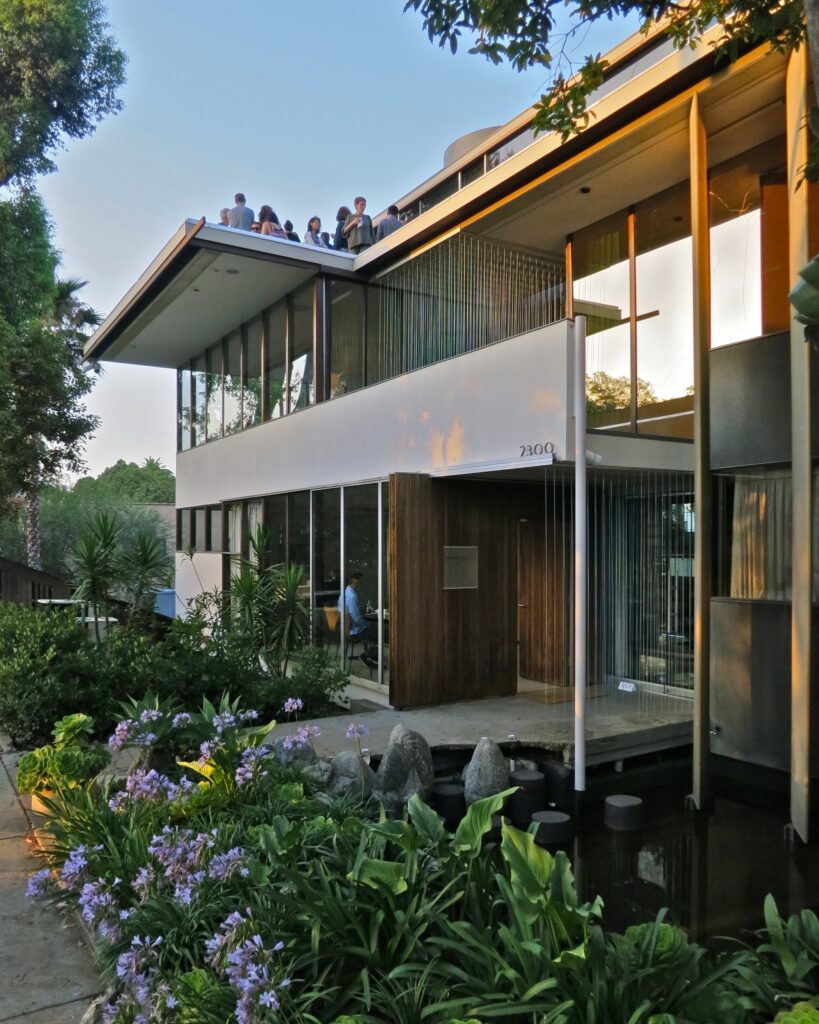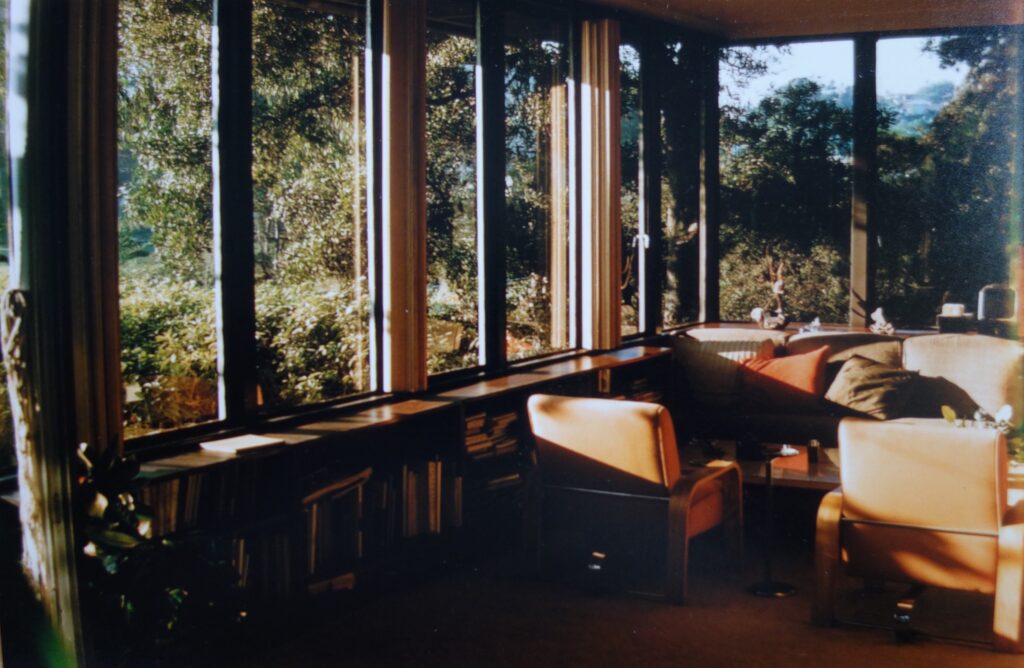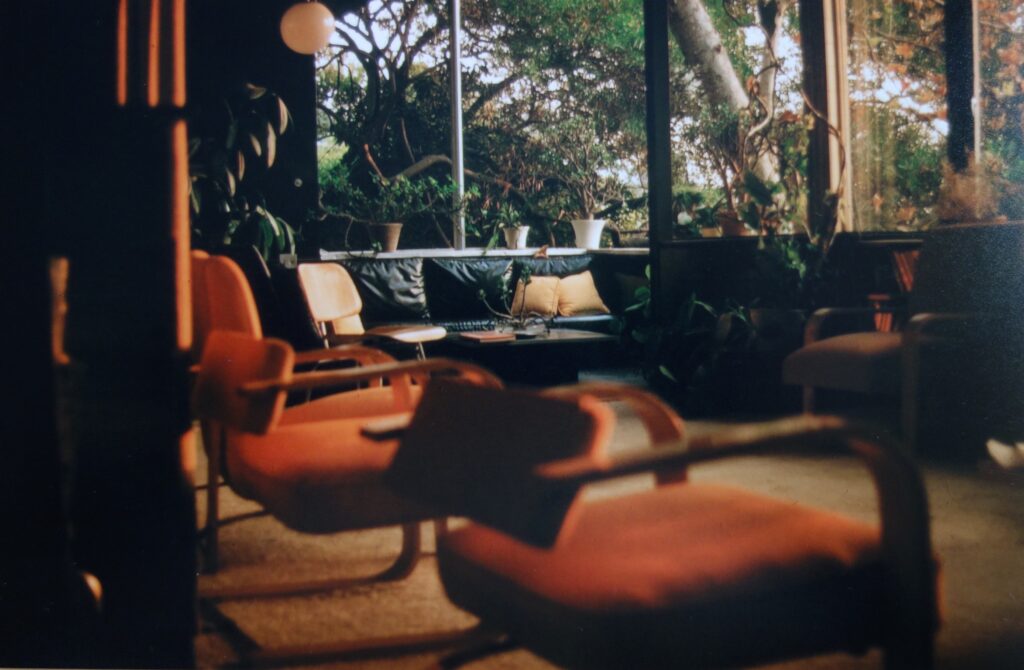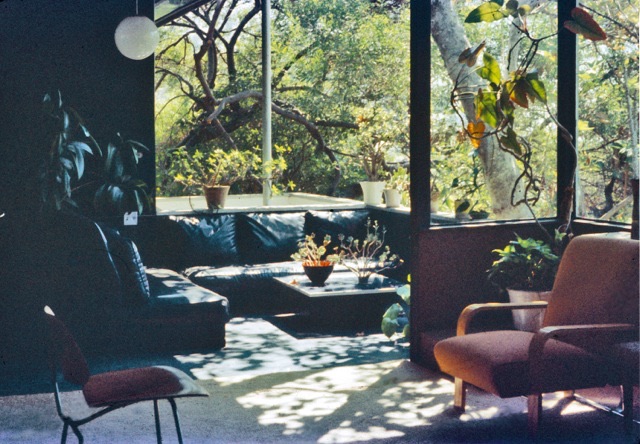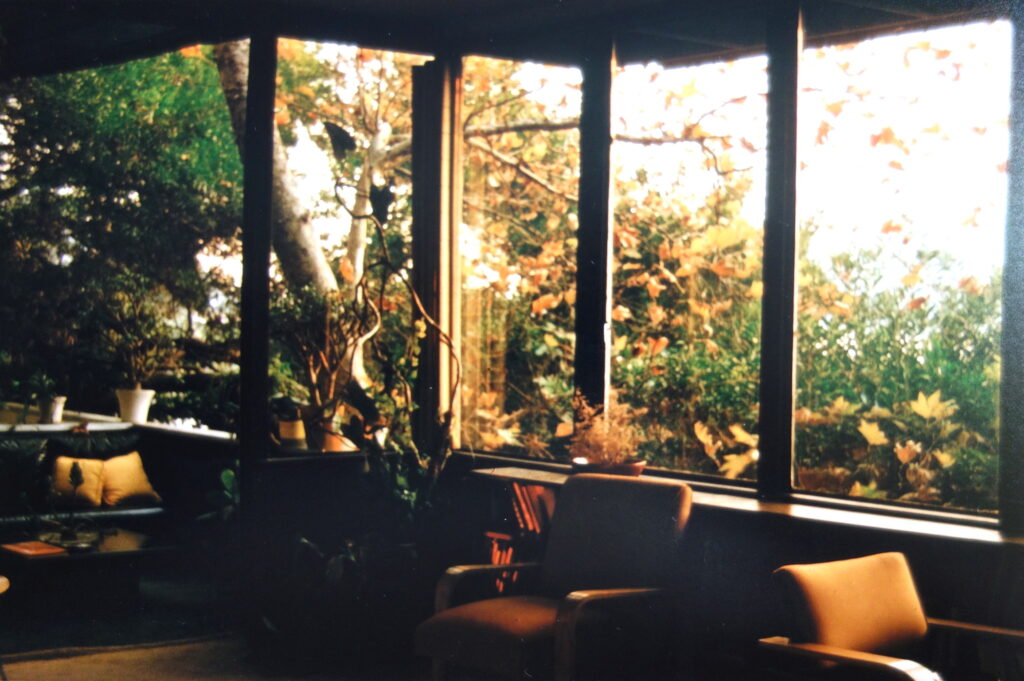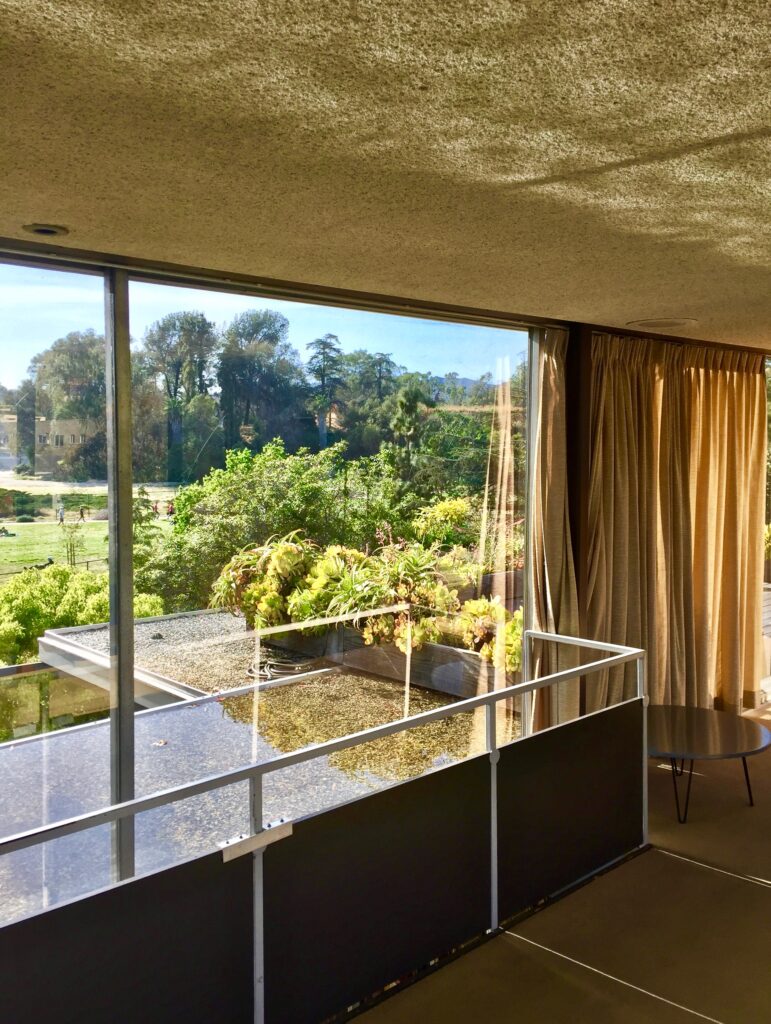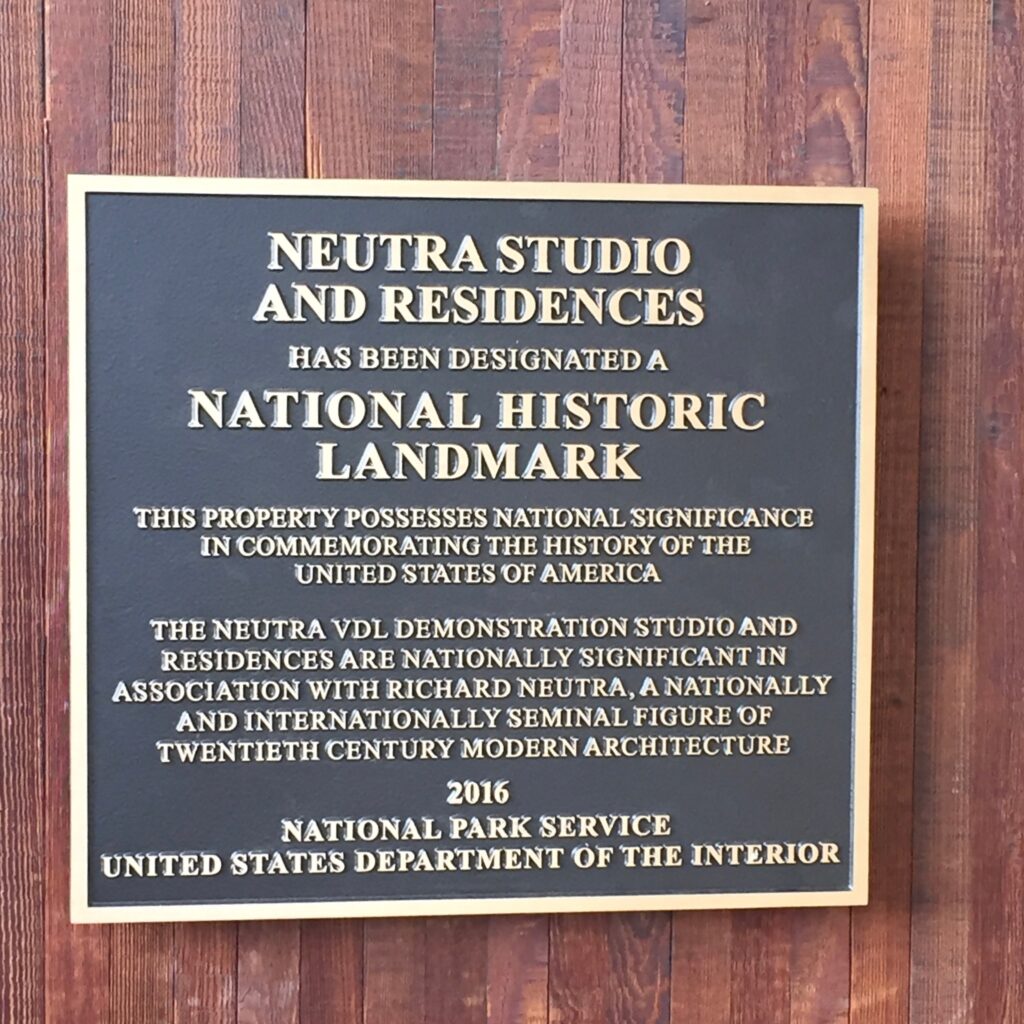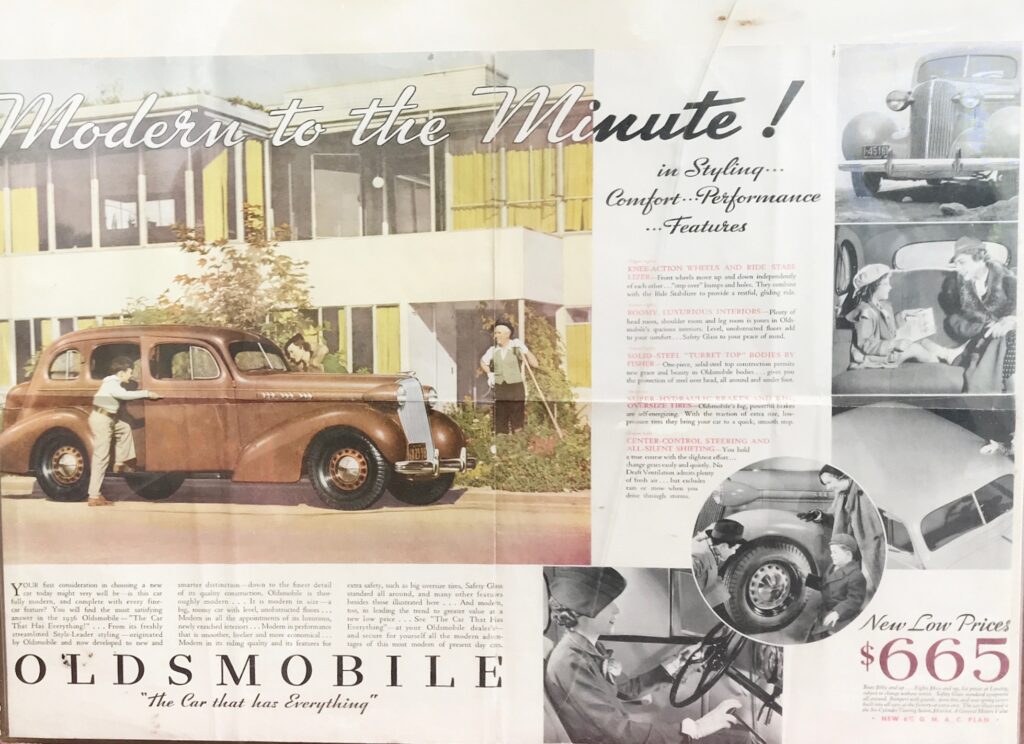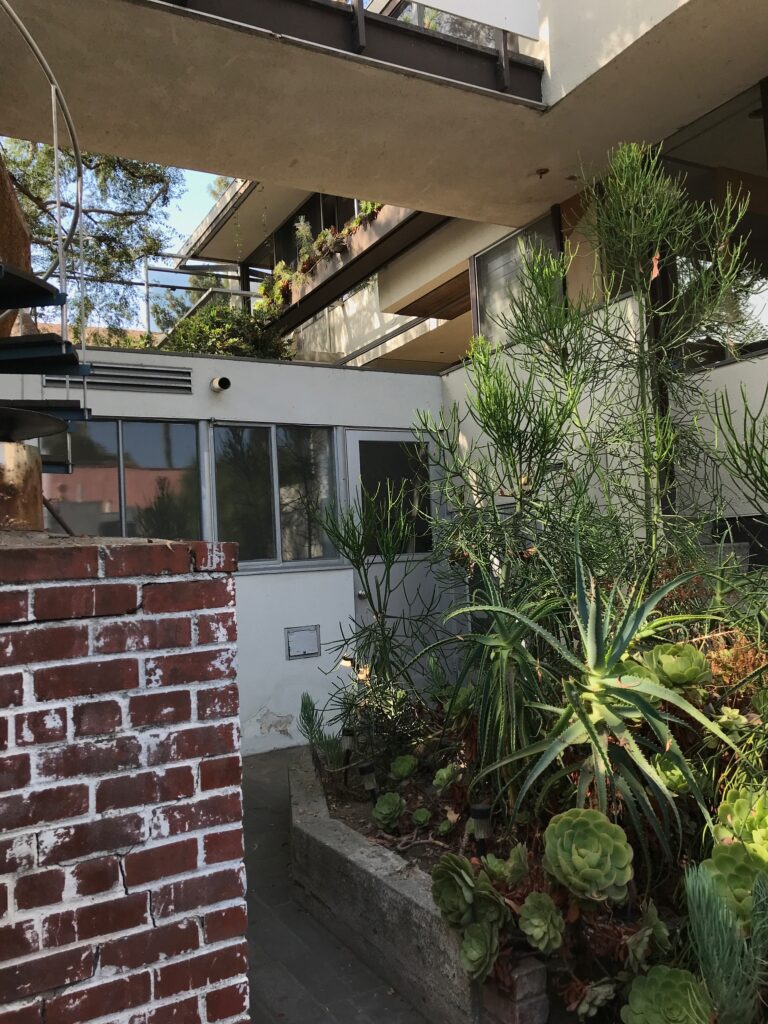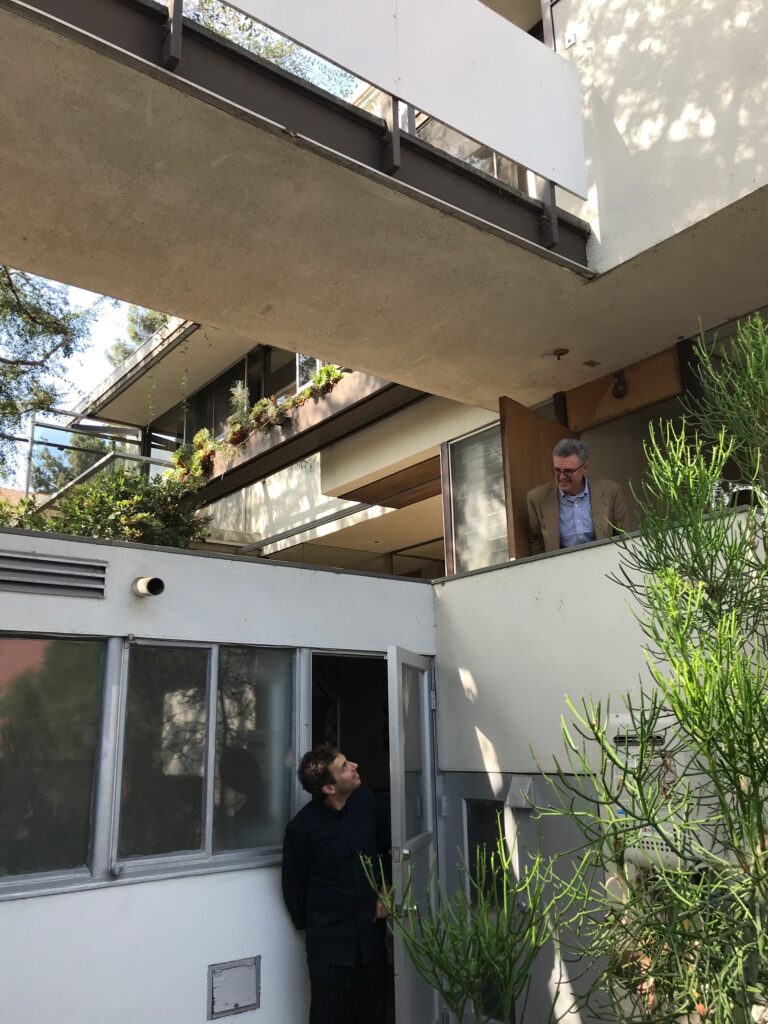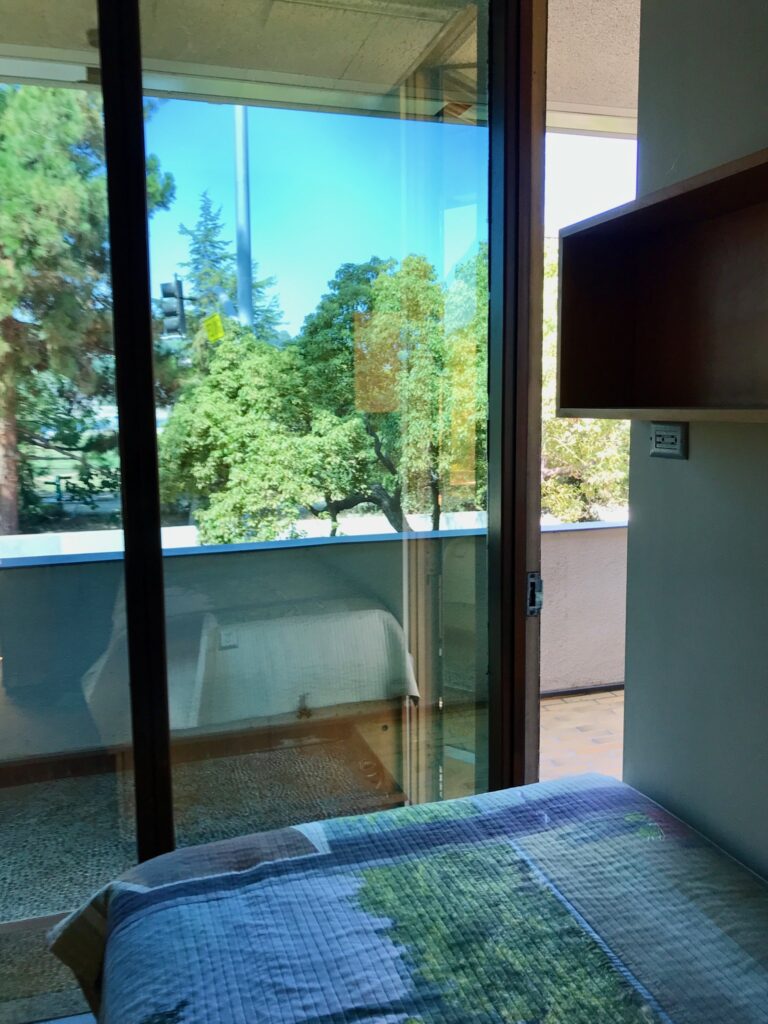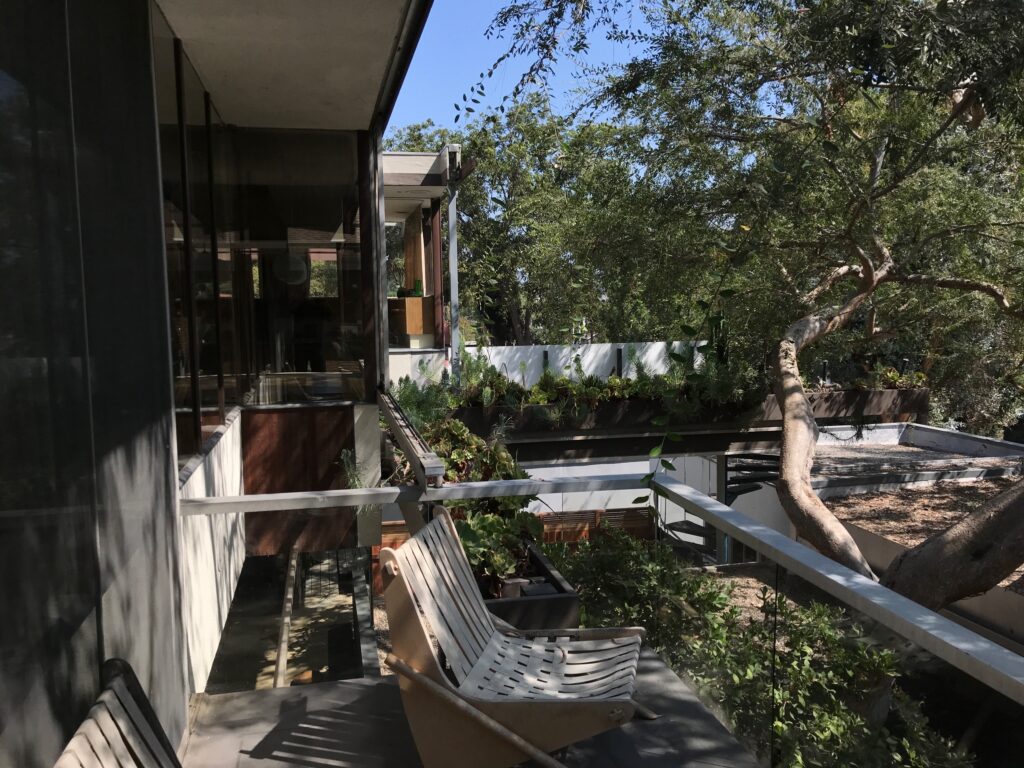VDL Research House II
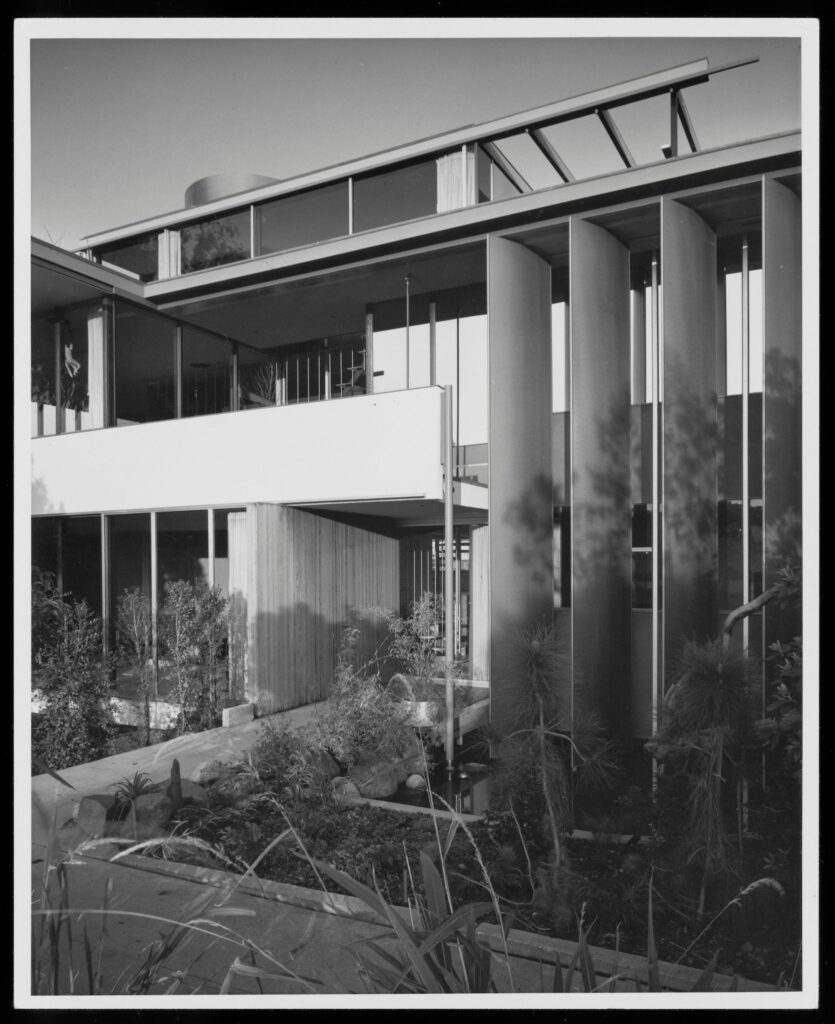
VDL Research House II
The second Van der Leeuw Research House (or VDL II) was built after a fire had destroyed the first structure atop its original footprint. While VDL II had a similar driving principle, encouraging architectural experimentation, it had a different program that reflected a changed Los Angeles. Since the first VDL house, Silver Lake had been transformed by the rise of the automobile, and the lush landscape of sycamore and acacia trees that Richard Neutra had planted along the street facade of the first house was destroyed, simultaneously eliminating the property’s protection from the western sun. Similarly, the Silver Lake reservoir had been reduced in size, altering the property’s views and robbing it of cooling breezes. Finally, after the fire, the architectural practice was relocated to the nearby Glendale office, and VDL II no longer served as an official workspace. As a result of these changes, the new design was reoriented away from the street, protecting the family and their private spaces from the urban fray.
Resembling a treehouse, the house’s various levels, and their projecting balconies, are integrated with the environment, including surrounding eucalyptus trees. The house’s design fostered a sense of community around an interior garden. A staircase that connected the garden to the ground floor had no solid walls, and instead, the open treads were supported by a steel stringer and a thin, steel-rod balustrade. Upstairs, a window near the breakfast nook created the effect of a screened porch, per Dione Neutra’s request. Finally, a balcony projected from the master bedroom, providing views of the garden.
Great attention is paid to the placement and scale of windows. Sills were lowered to a thirty-inch height to provide more expansive views and glass clerestories allowed natural illumination to filter into the kitchen over its built-in birch cabinetry, creating a sense of openness. This freedom of movement is also visible between interior spaces. Unlike the first VDL house, where food was passed from the kitchen to the dining room via metal drawers, the second iteration of the home had folding doors dividing the kitchen and living room spaces which made it possible to entertain with greater ease. Because the lake had receded, water was integrated into the design on each of the three levels, including with a small pool at the ground floor entrance which was spanned by an elevated walkway, another in the interior courtyard on the ground floor, and a pool in the outdoor sitting room on the second floor which collected water from the roof. As Dione Neutra would advise, views of Silver Lake were best enjoyed from the penthouse, where water on the rooftop intersected with views of the reservoir beyond.
Like in the first VDL house, experimentation allowed for several innovative features, including a state-of-the-art low voltage system, electronically controlled aluminum “airplane” louvers like those used for the County of Los Angeles Hall of Records, maintenance-free Formica paneling in a rosewood pattern, and gold heat-reflecting privacy glass.
In her will, Dione Neutra left the house and its contents to the School of Environmental Design at the California State Polytechnic University Pomona.
Adapted from Neutra – Complete Works by Barbara Lamprecht (Taschen, 2000), p. 442.
Project Detail
Year Built
1965–66
Project Architect
Richard and Dion Neutra
Location
2300 Silver Lake BoulevardrnLos Angeles, CA
